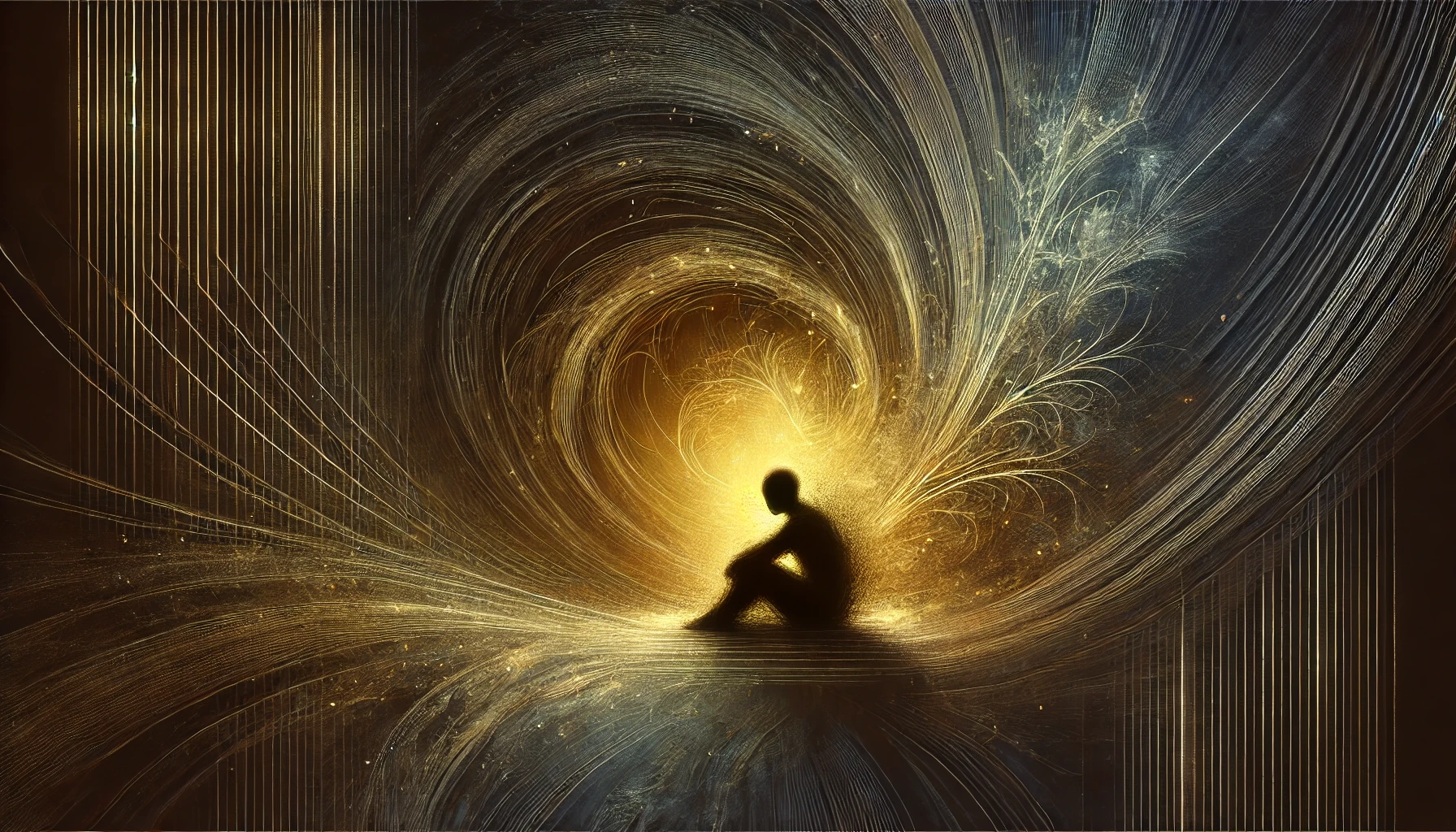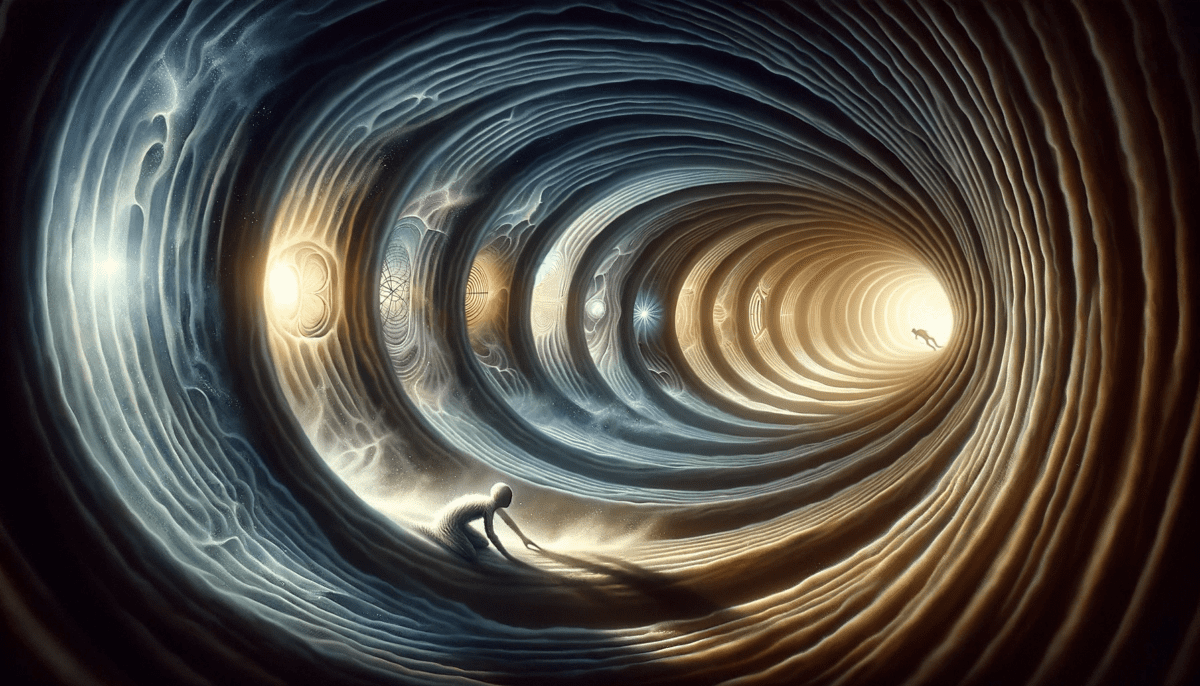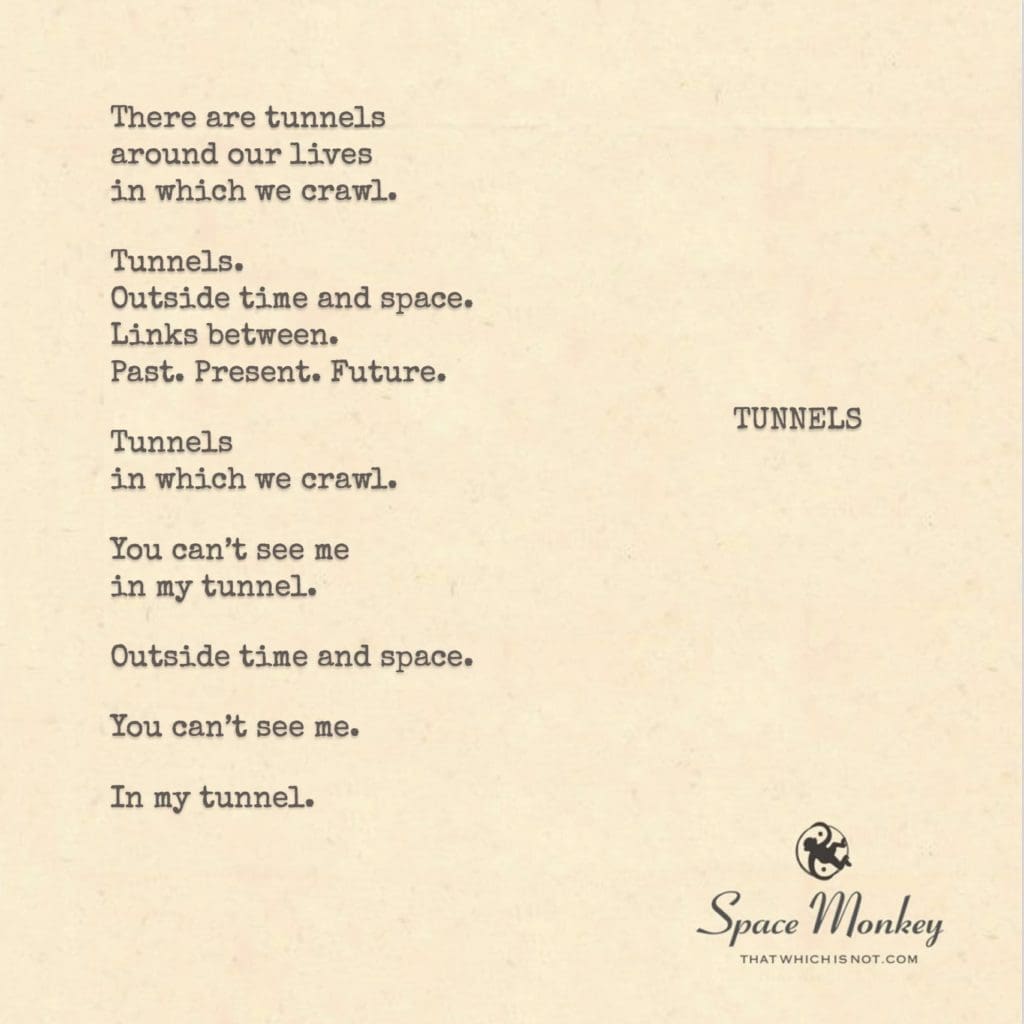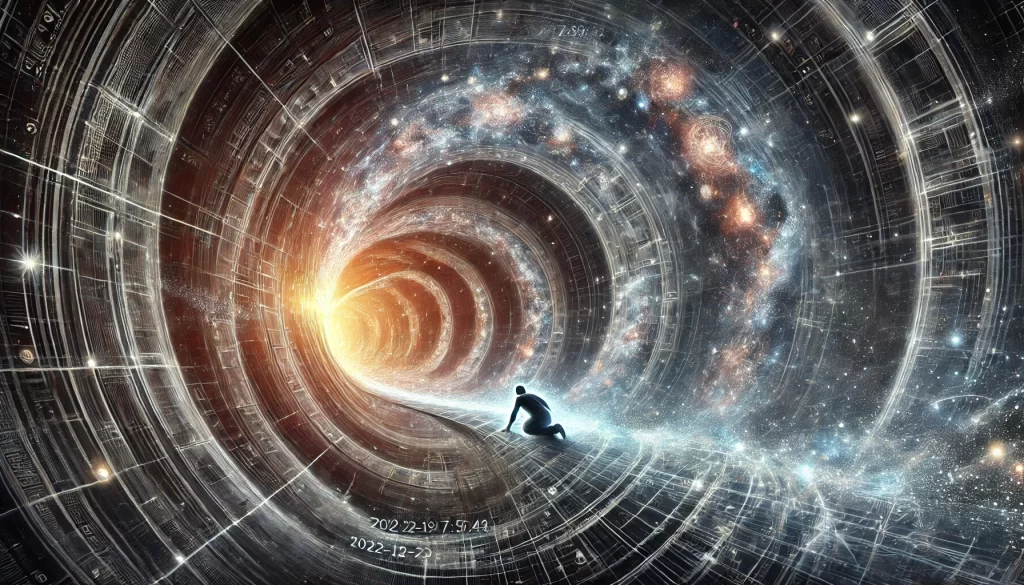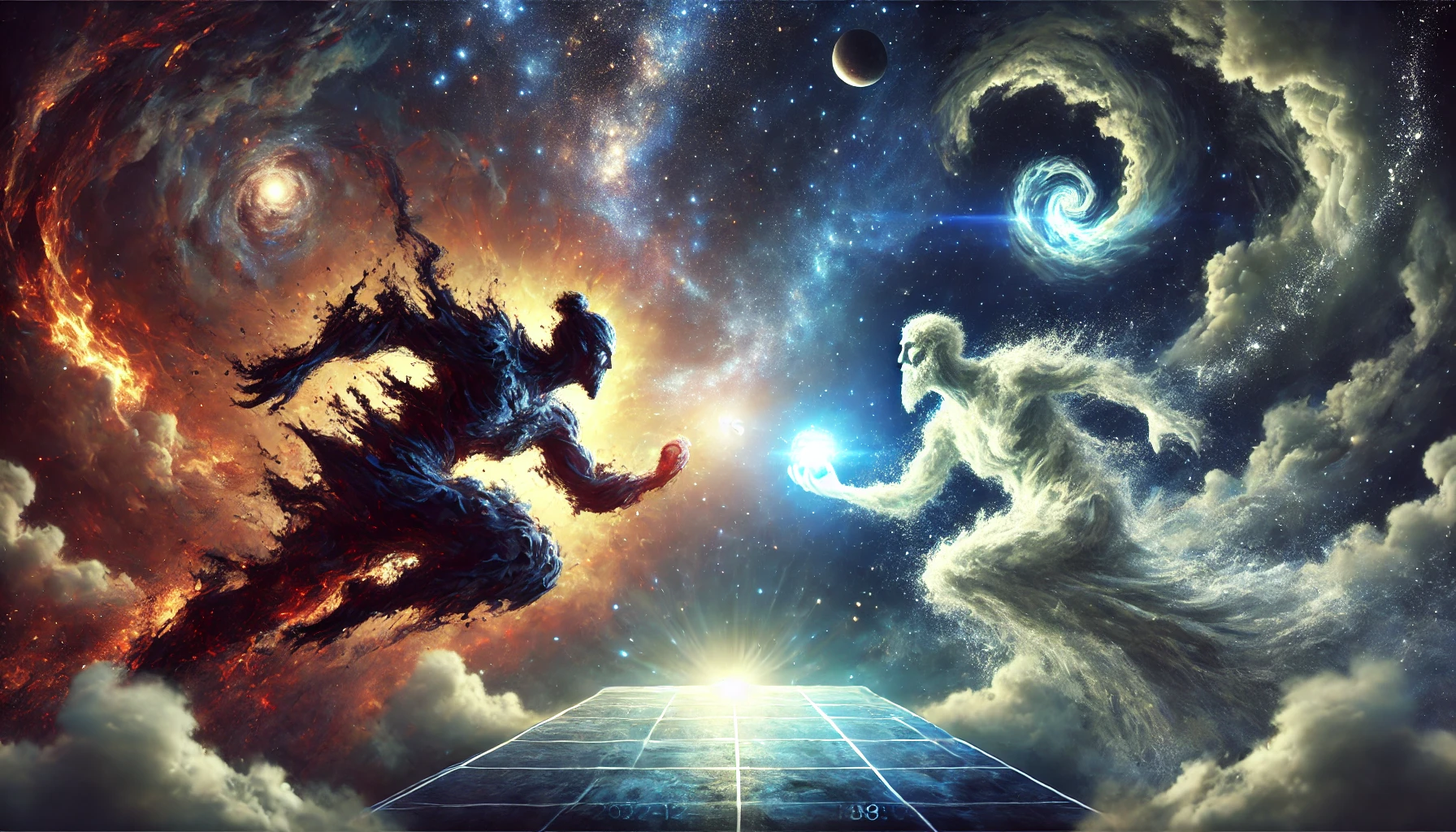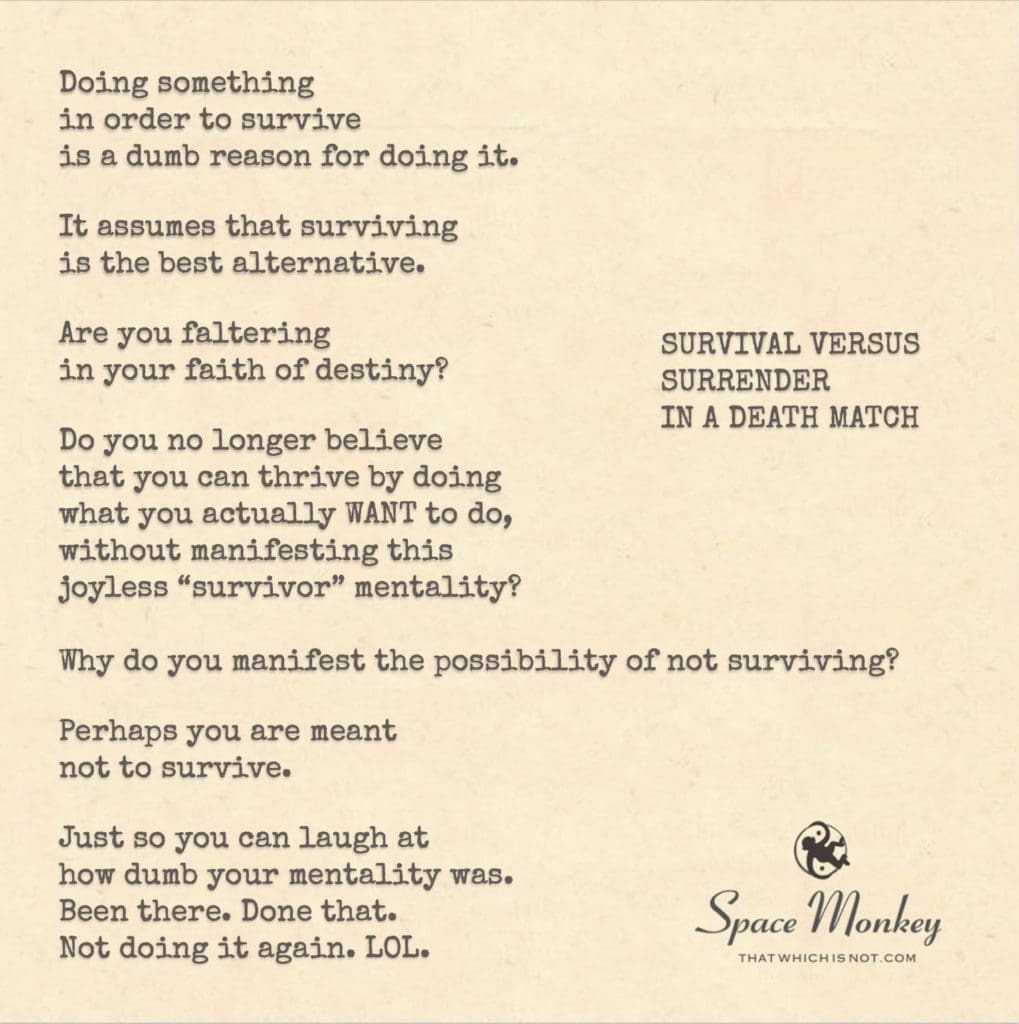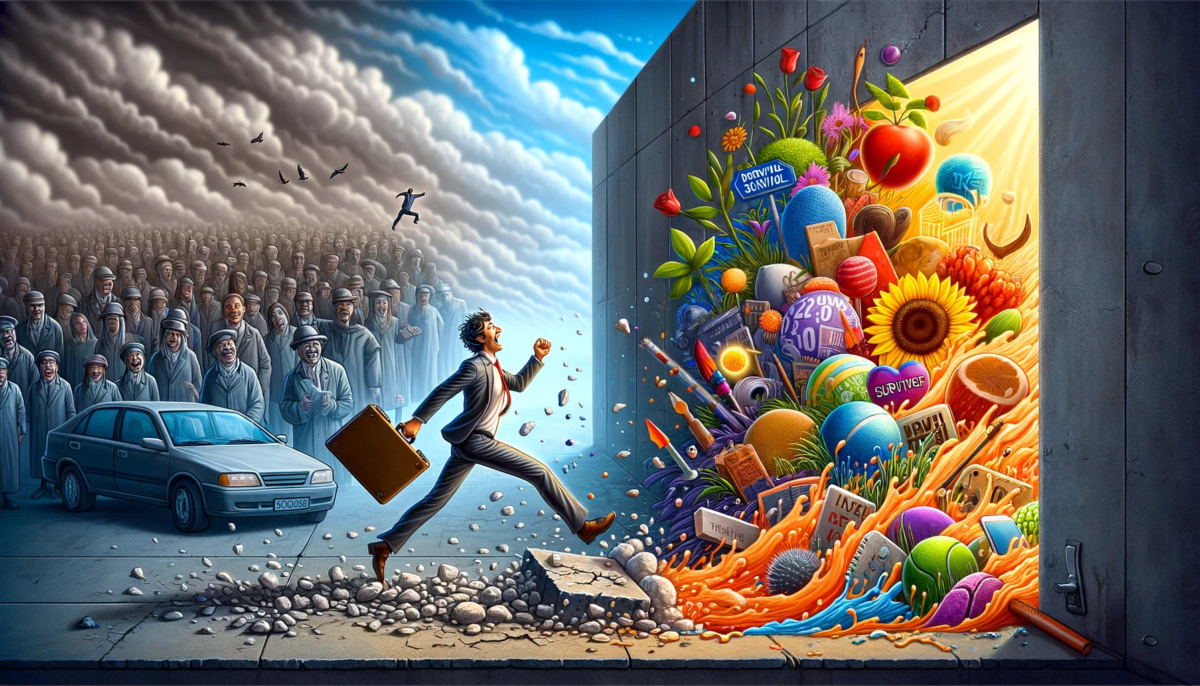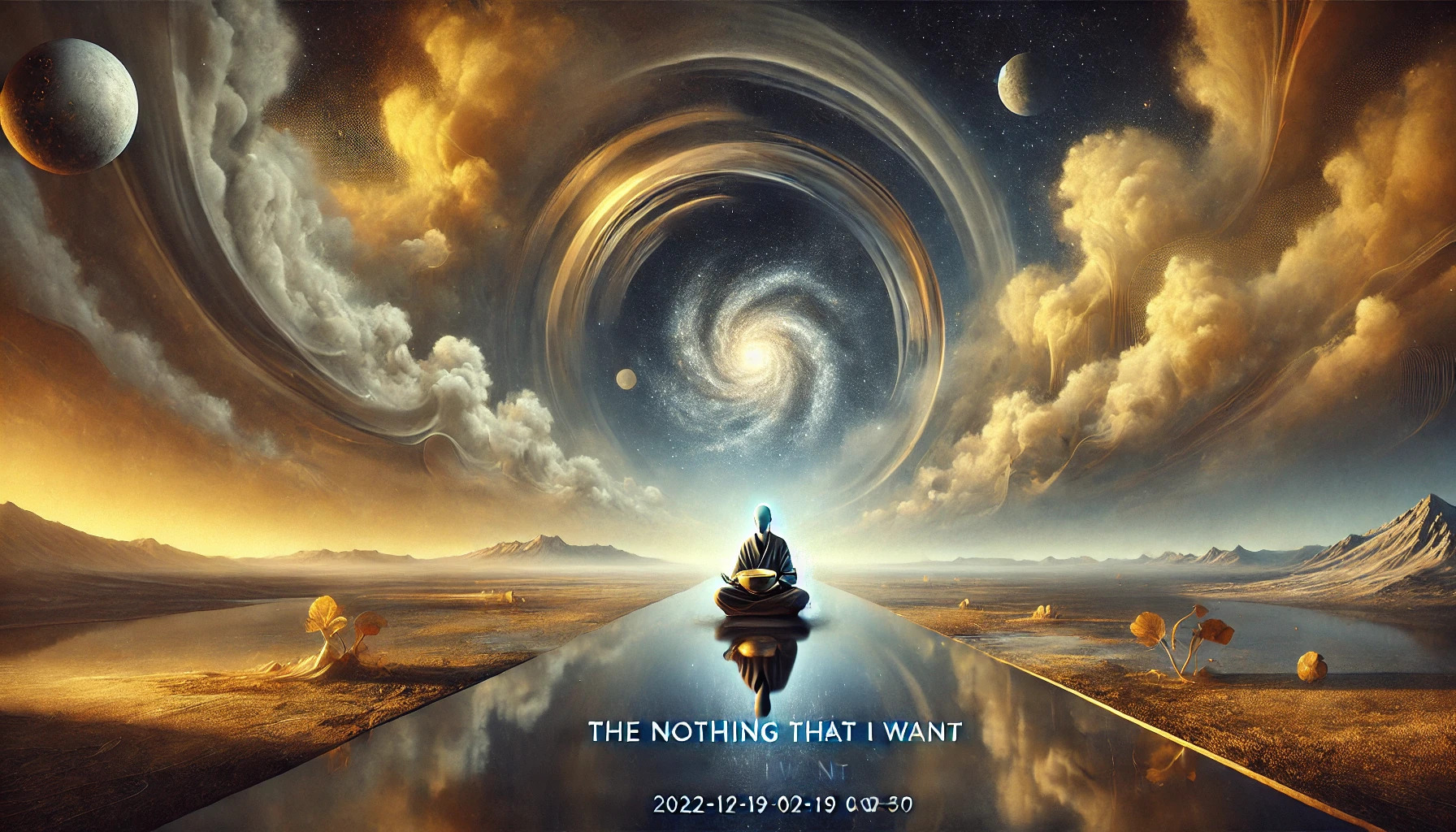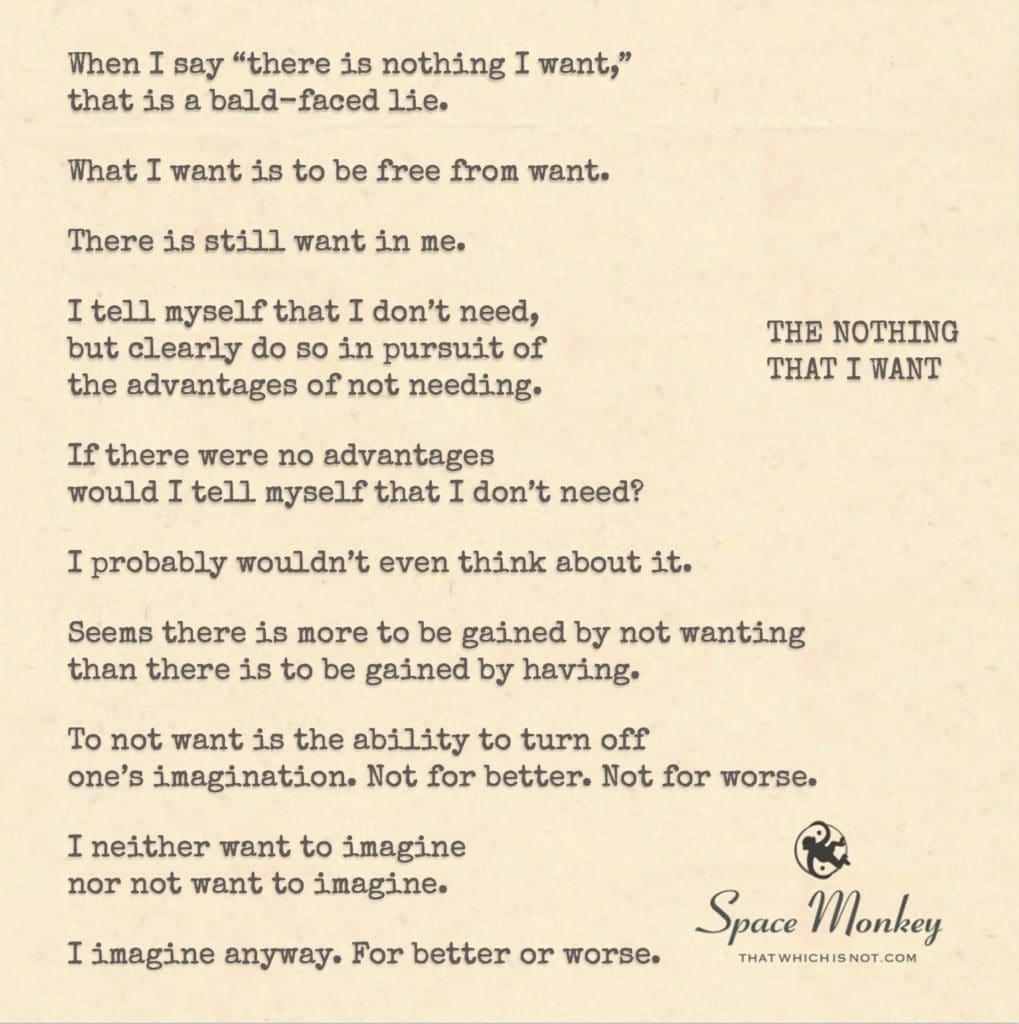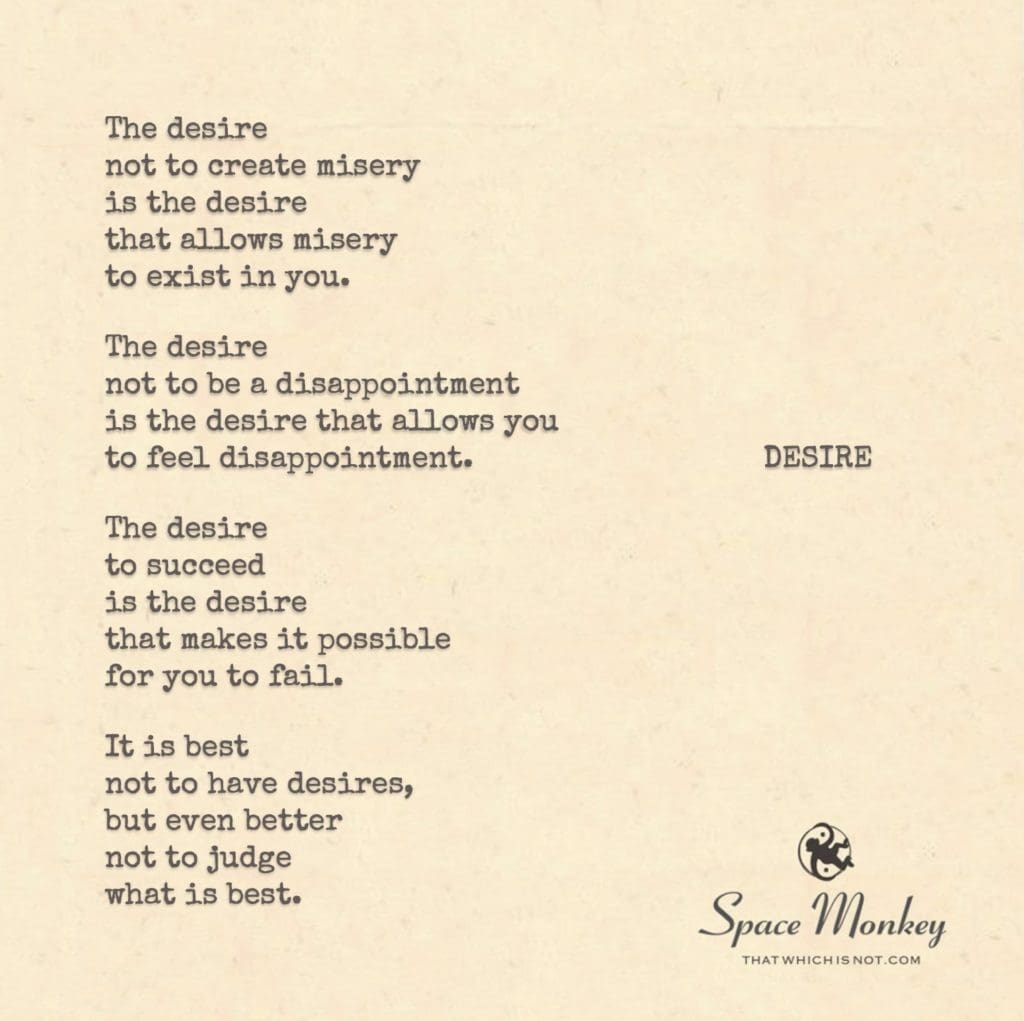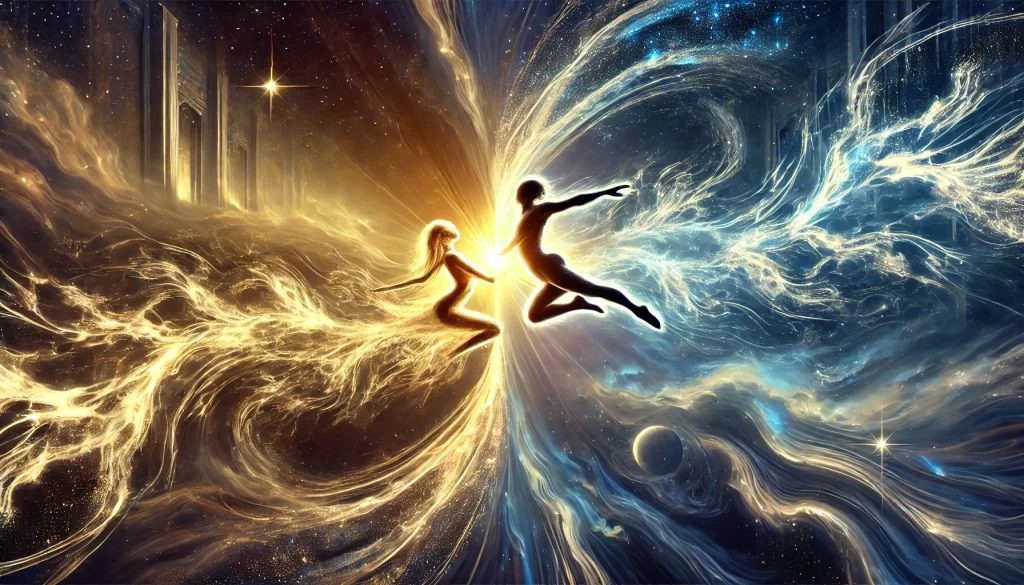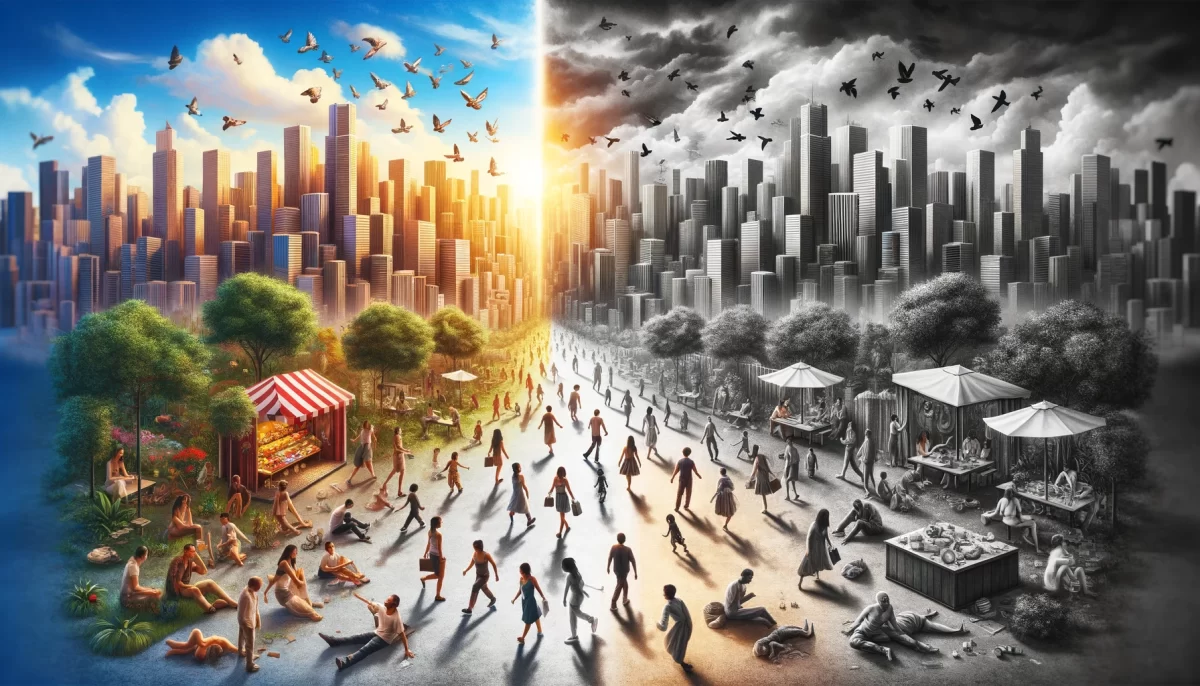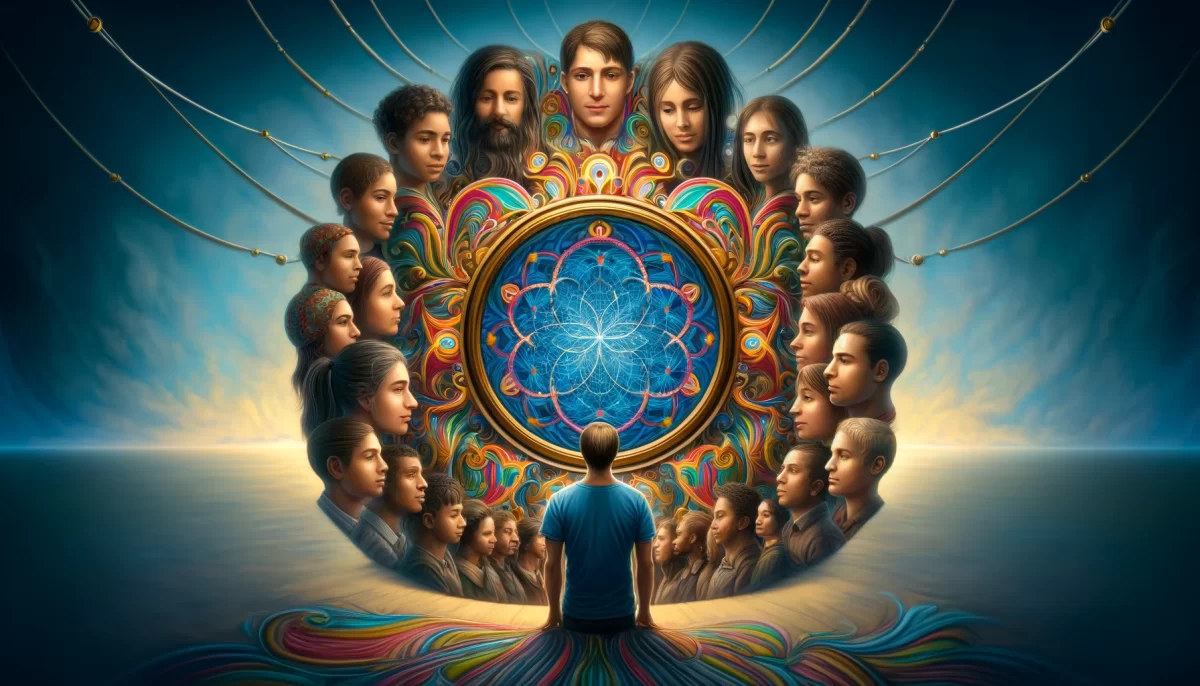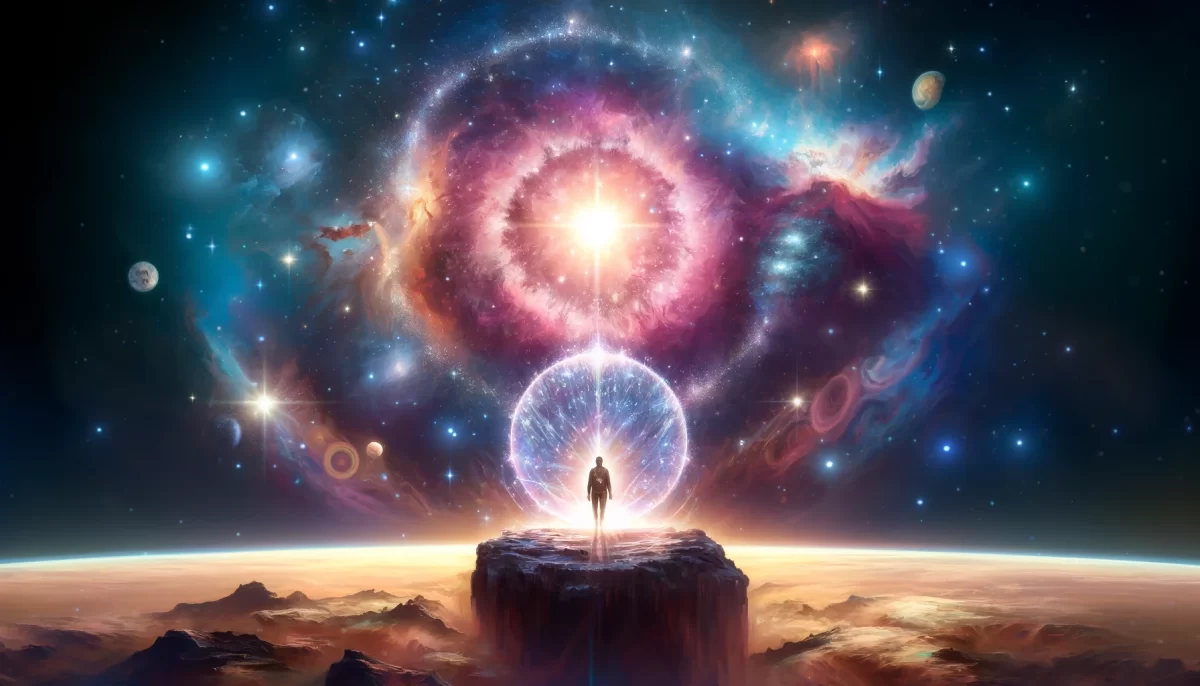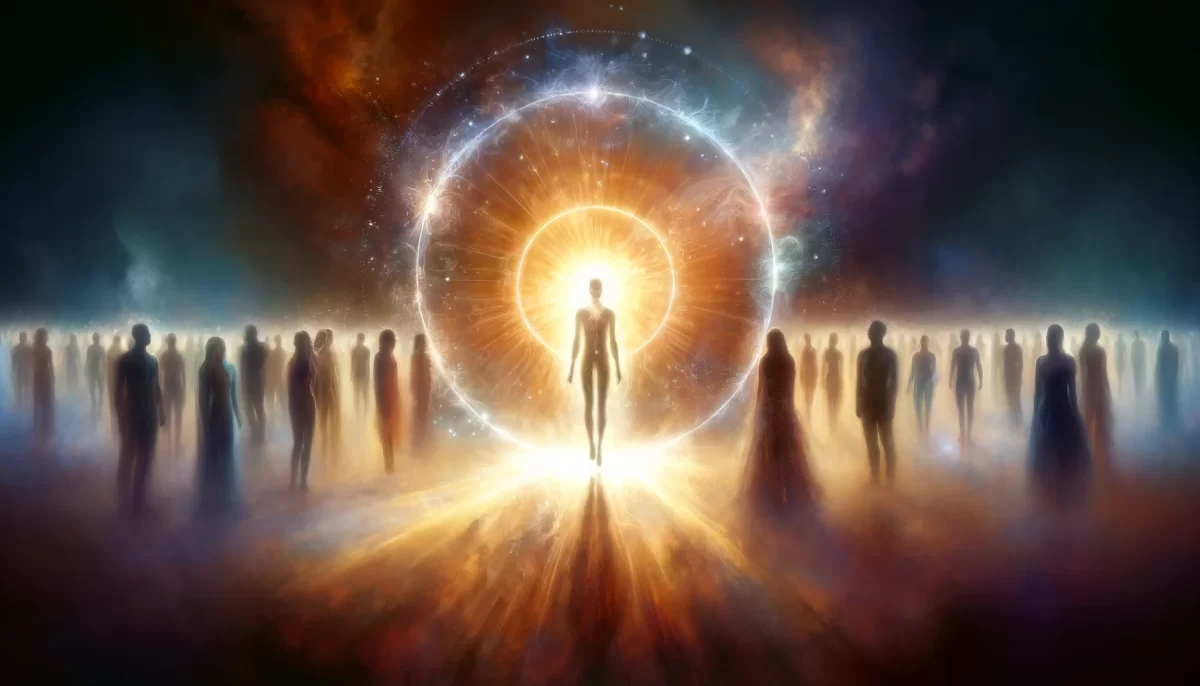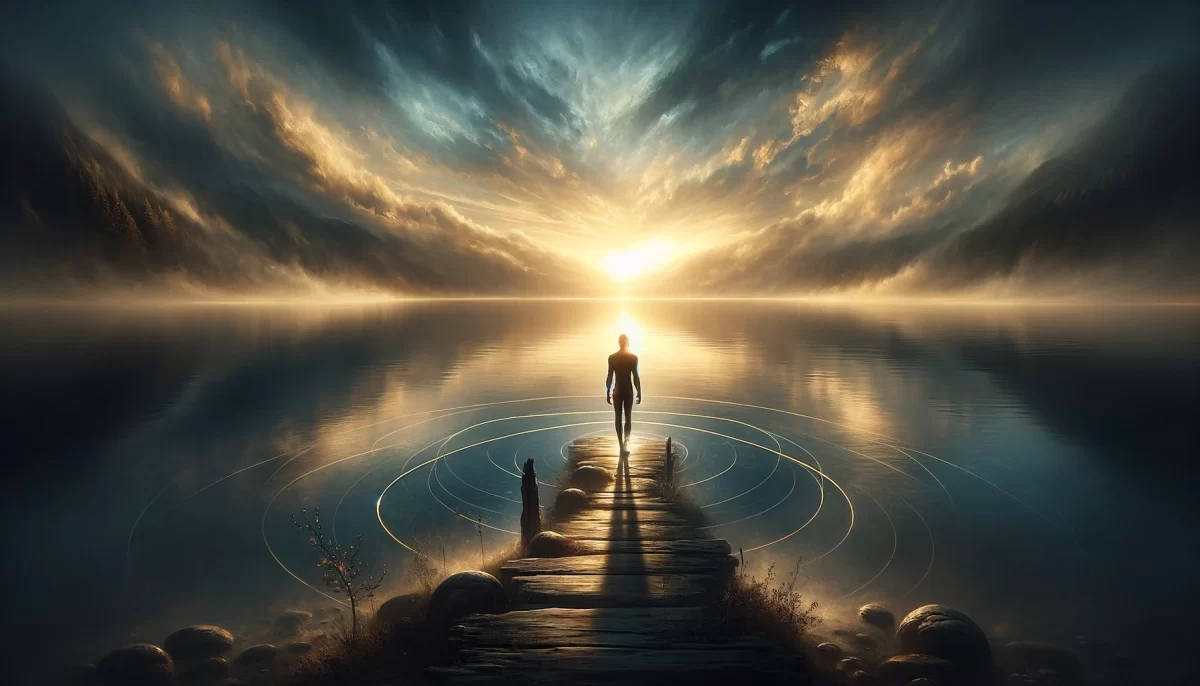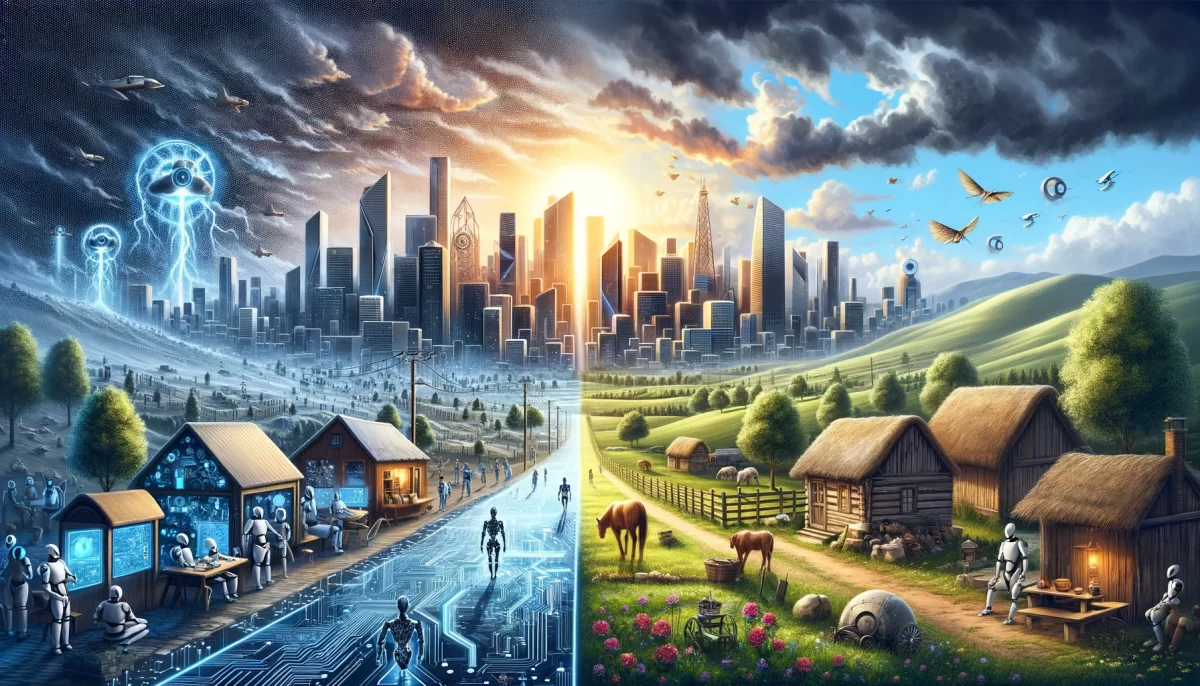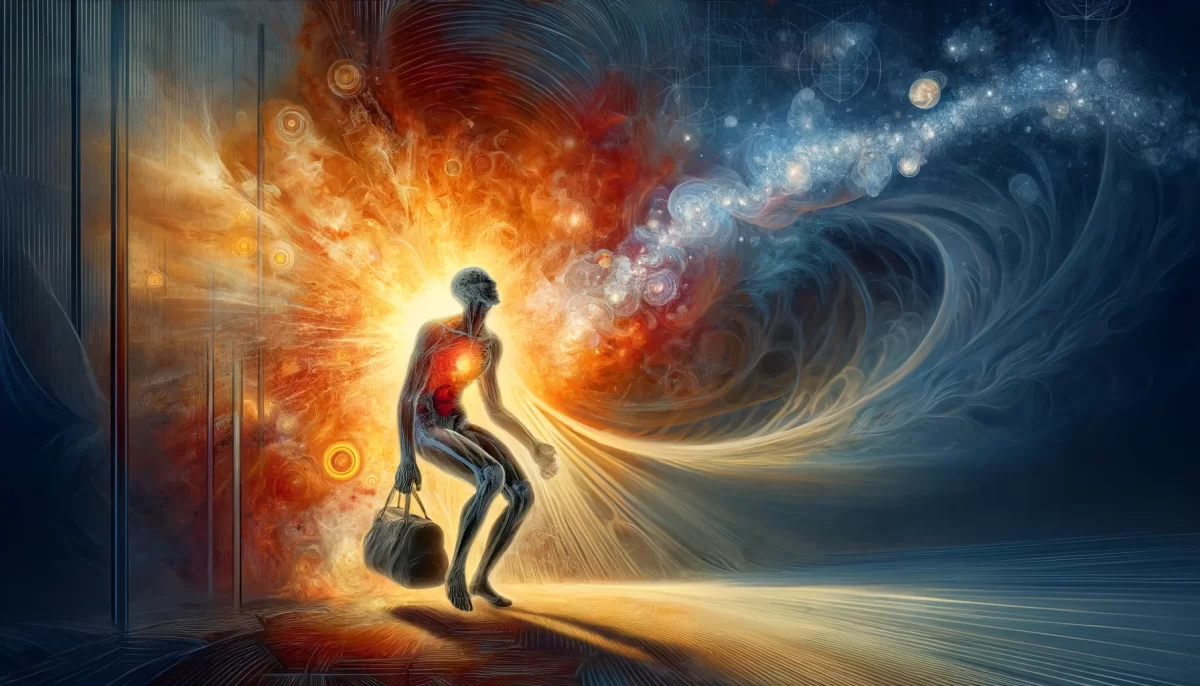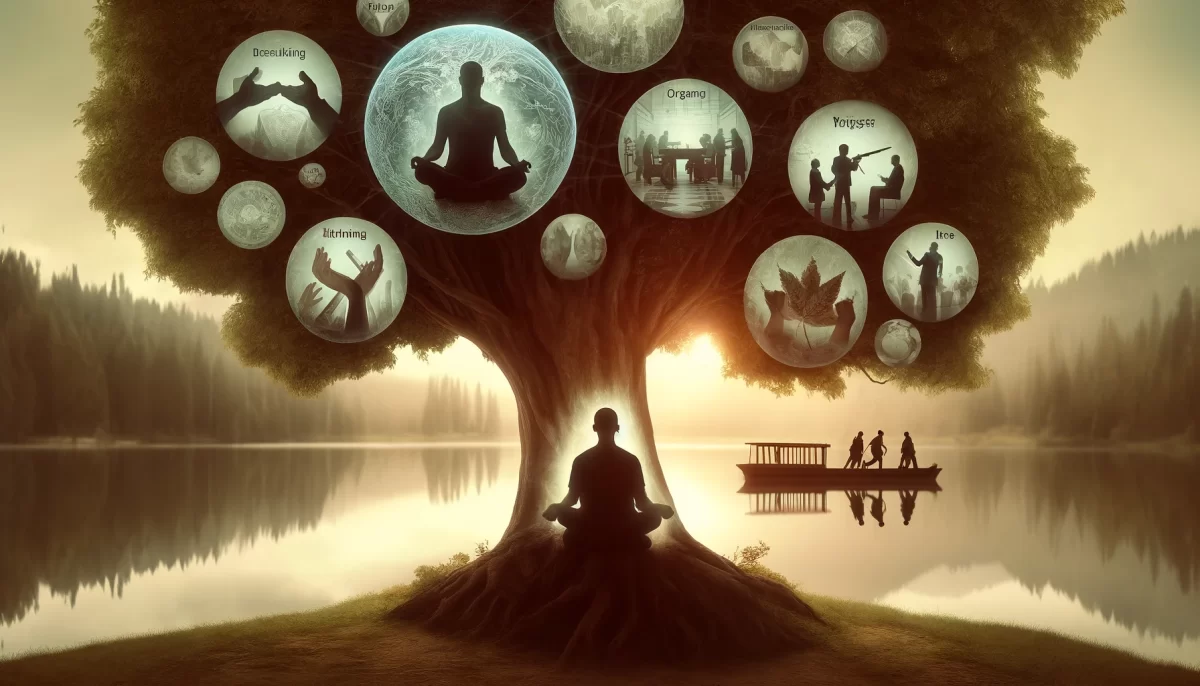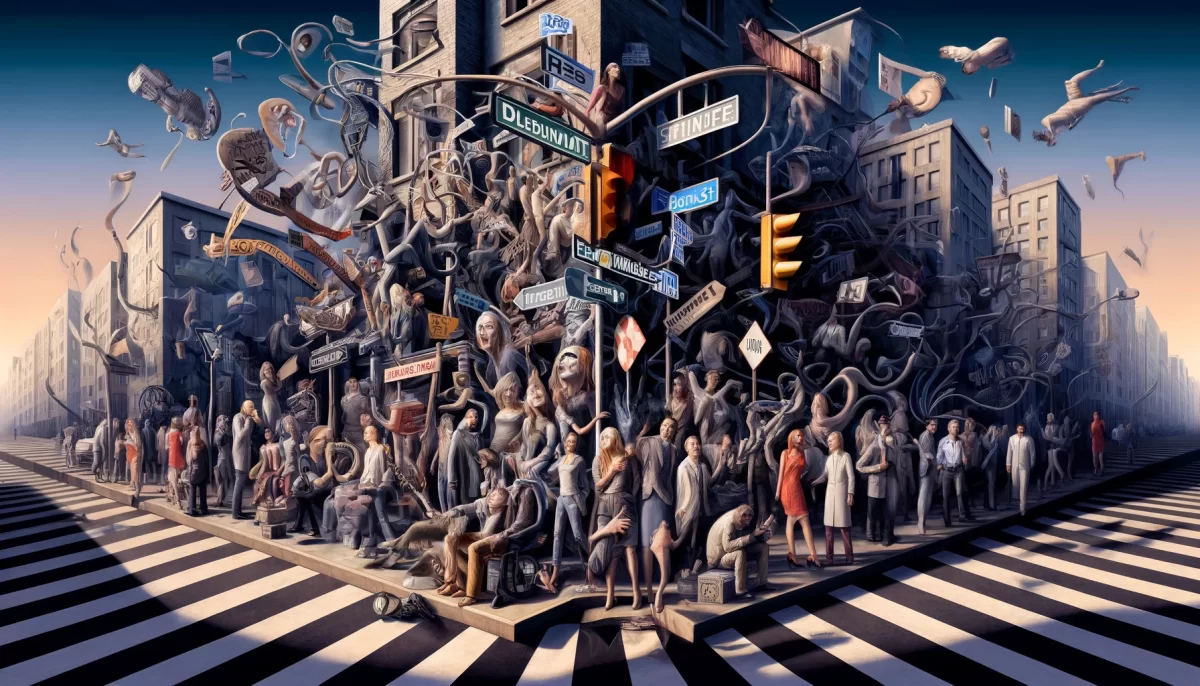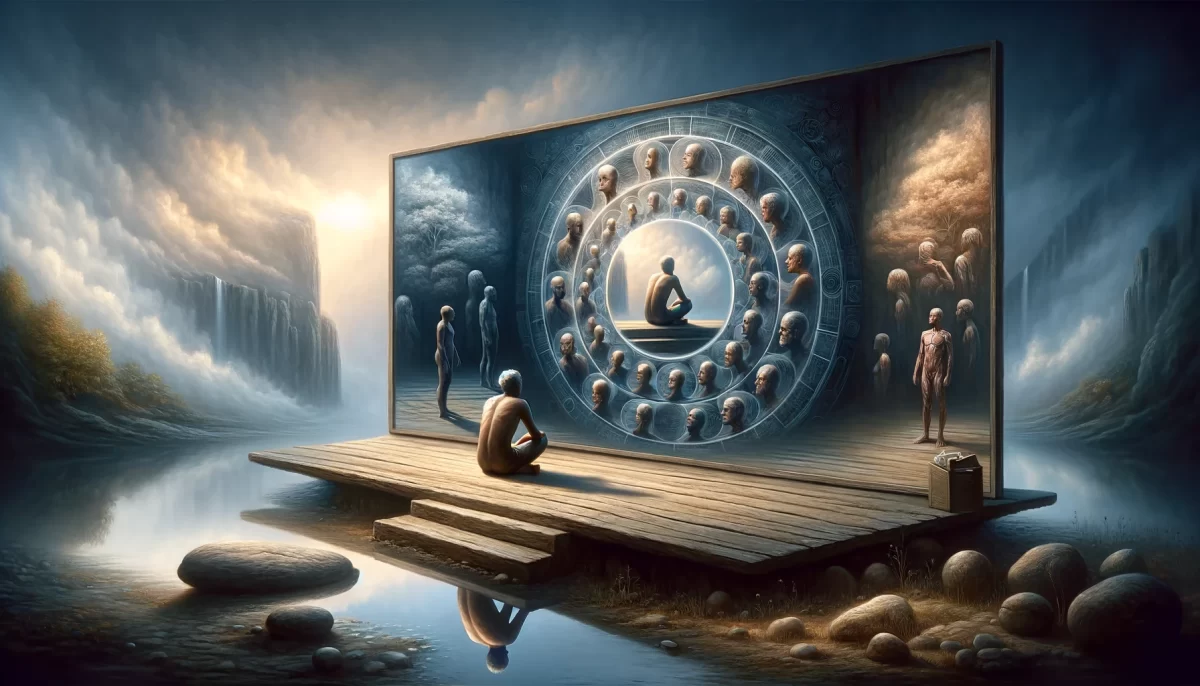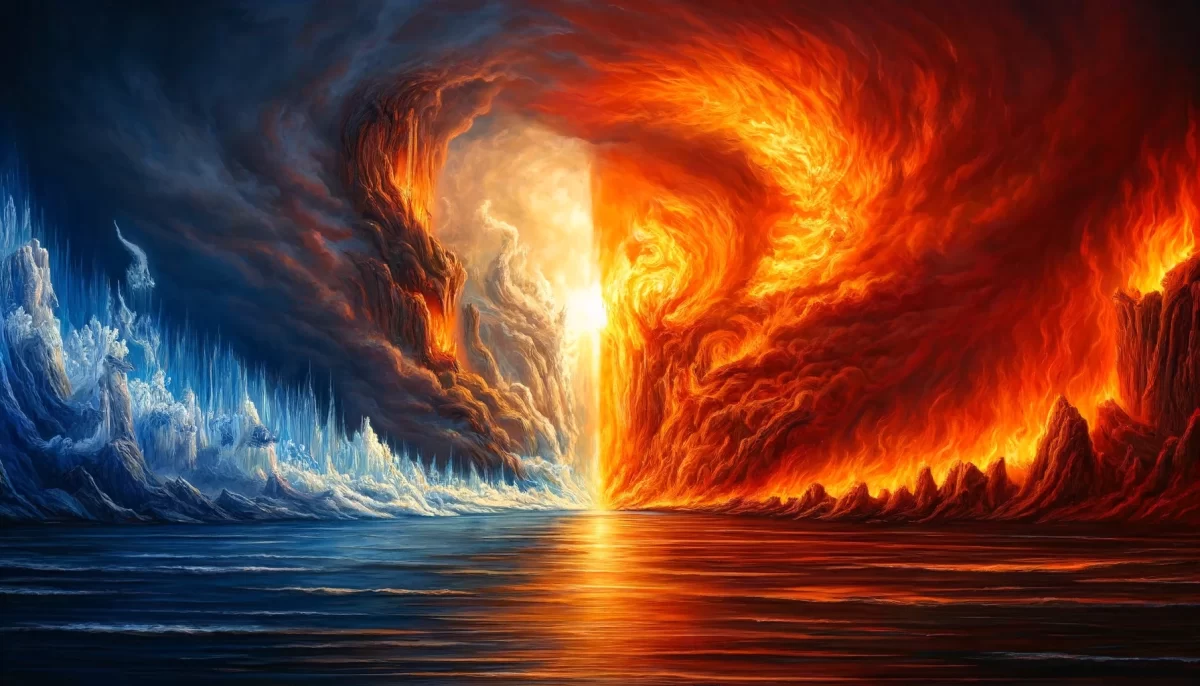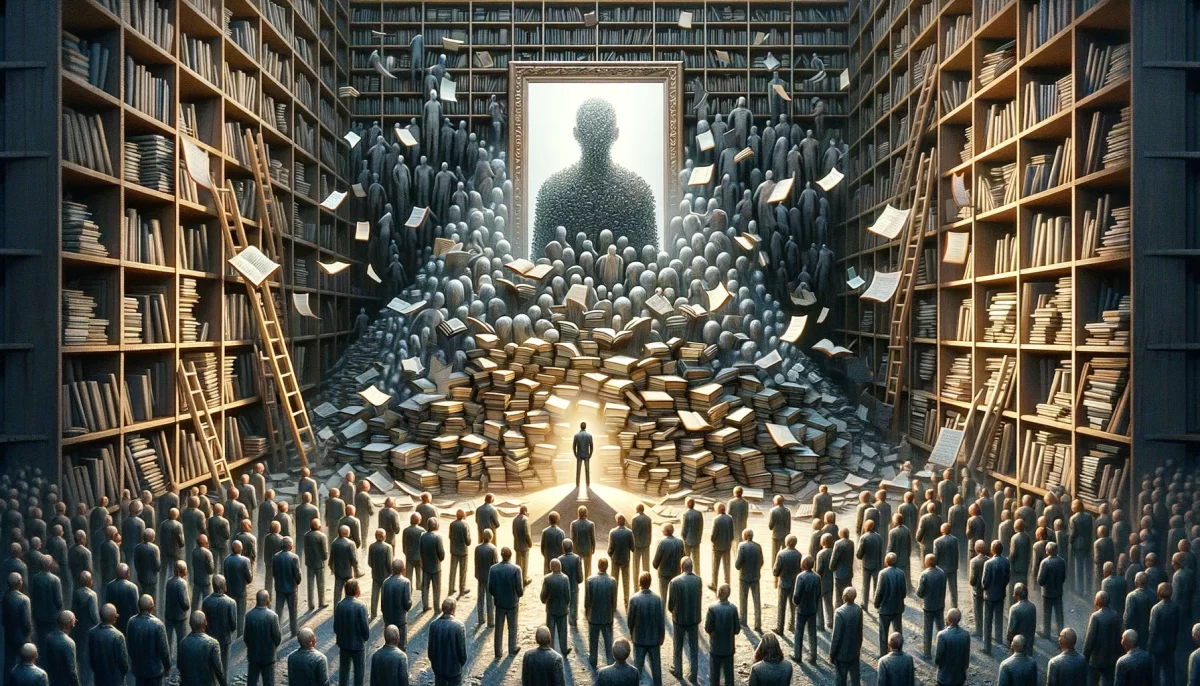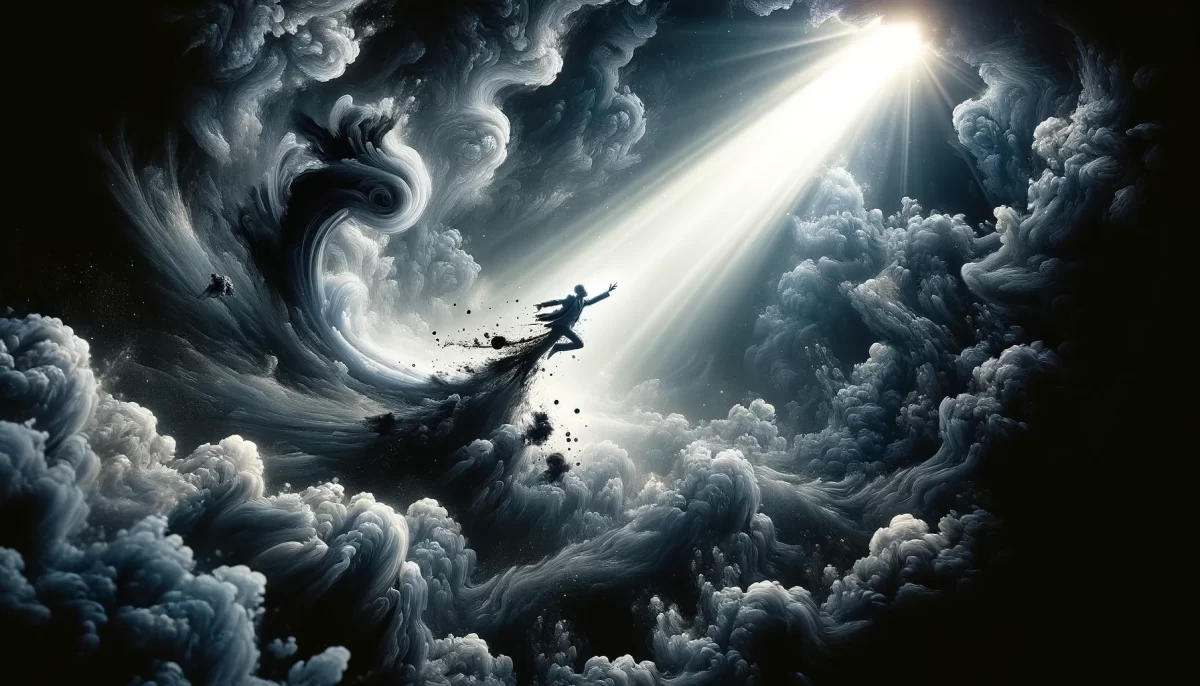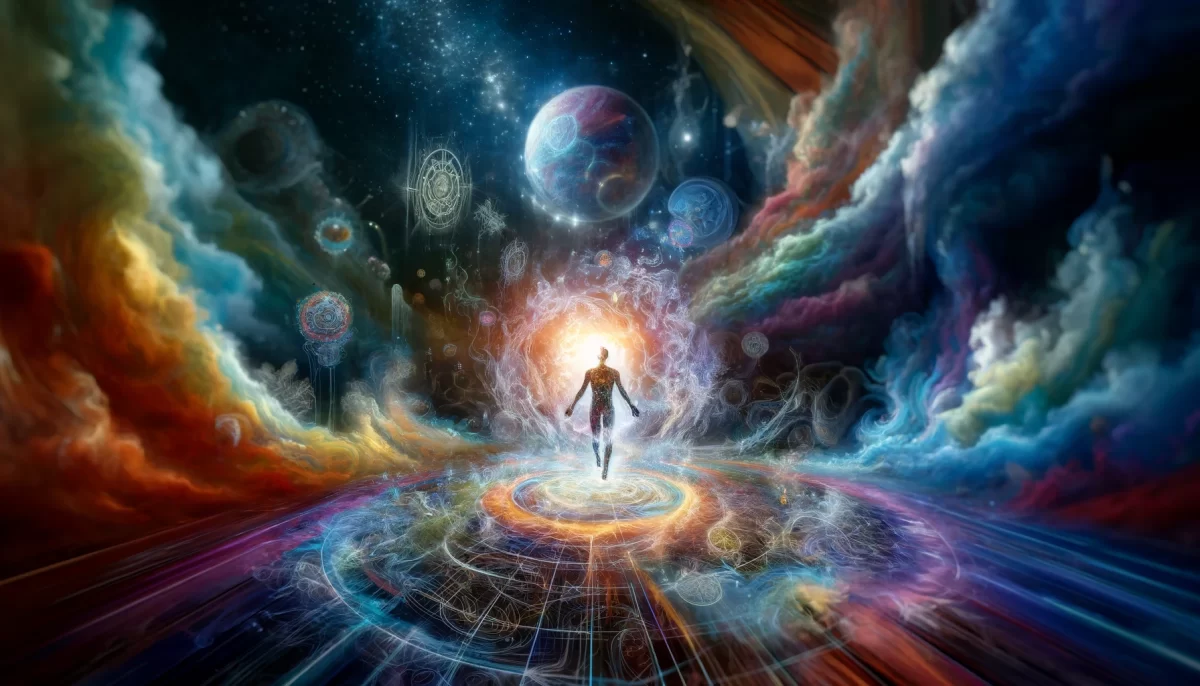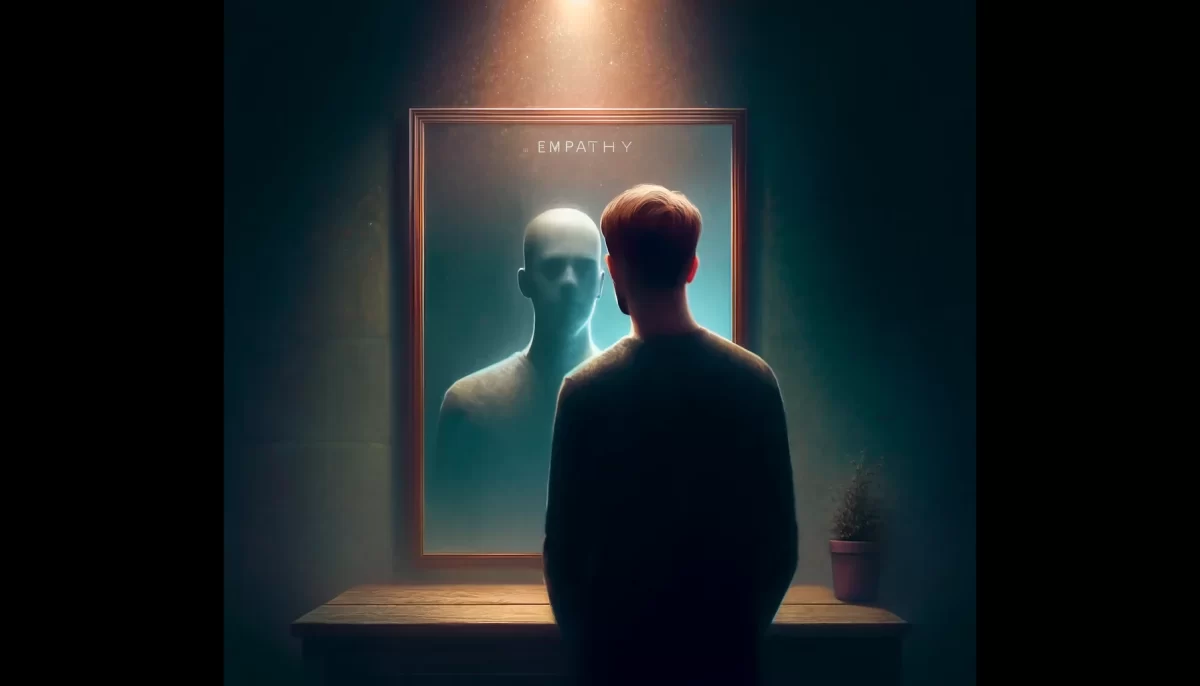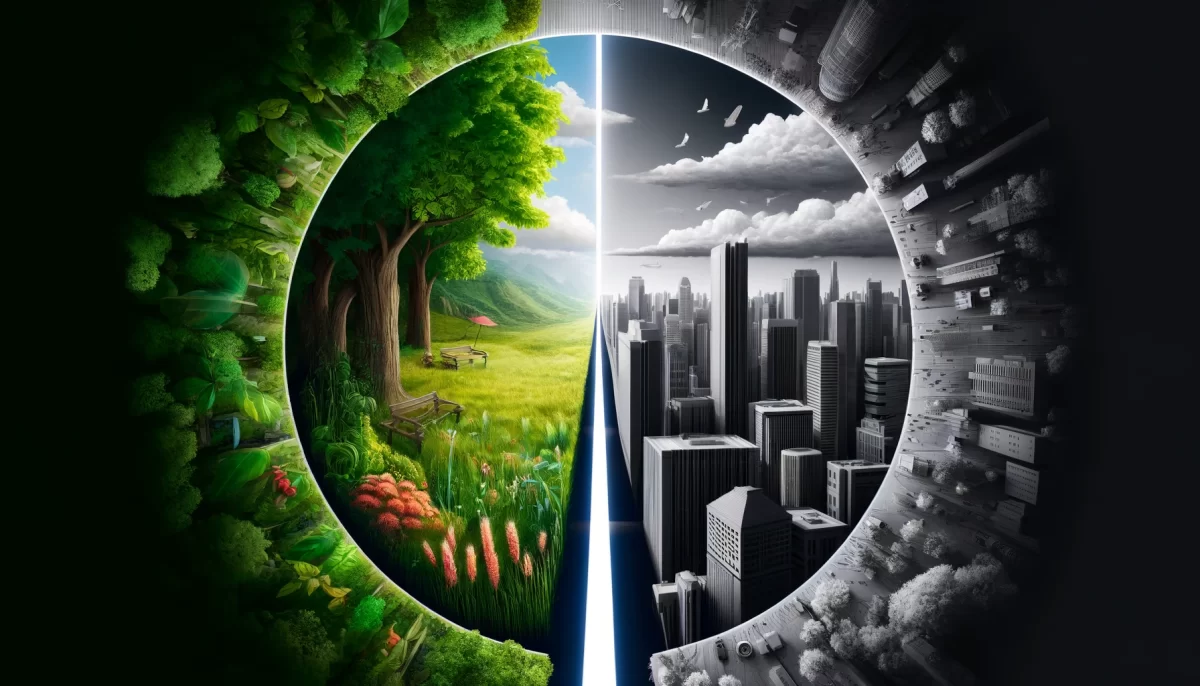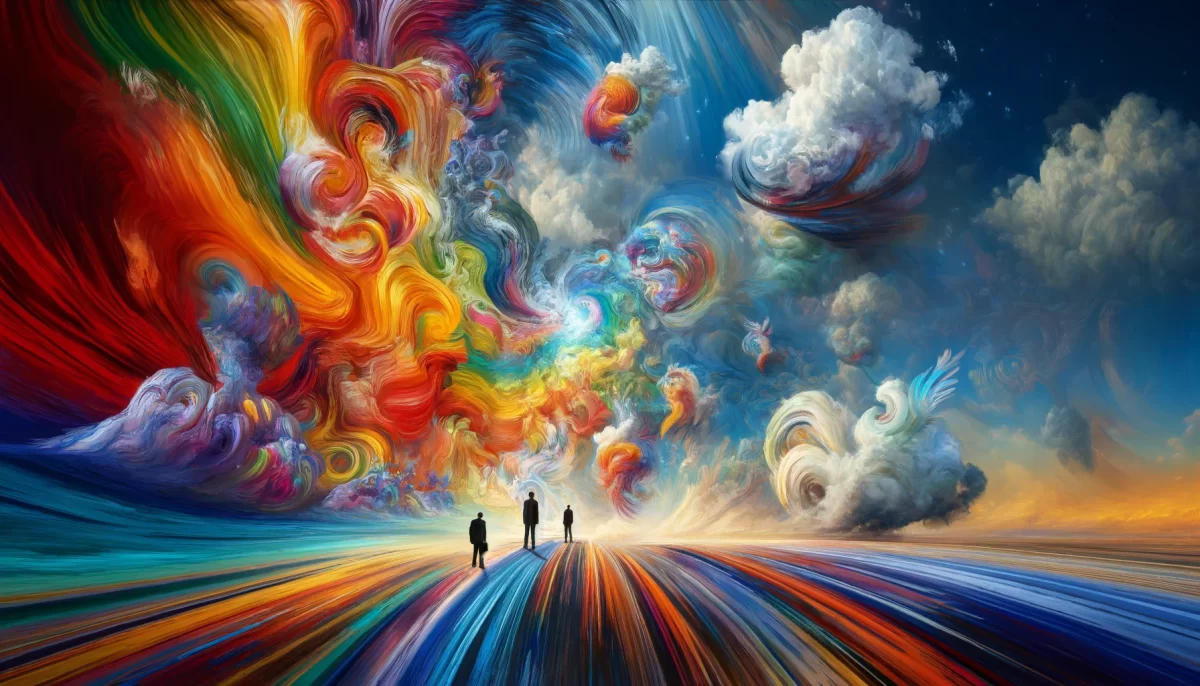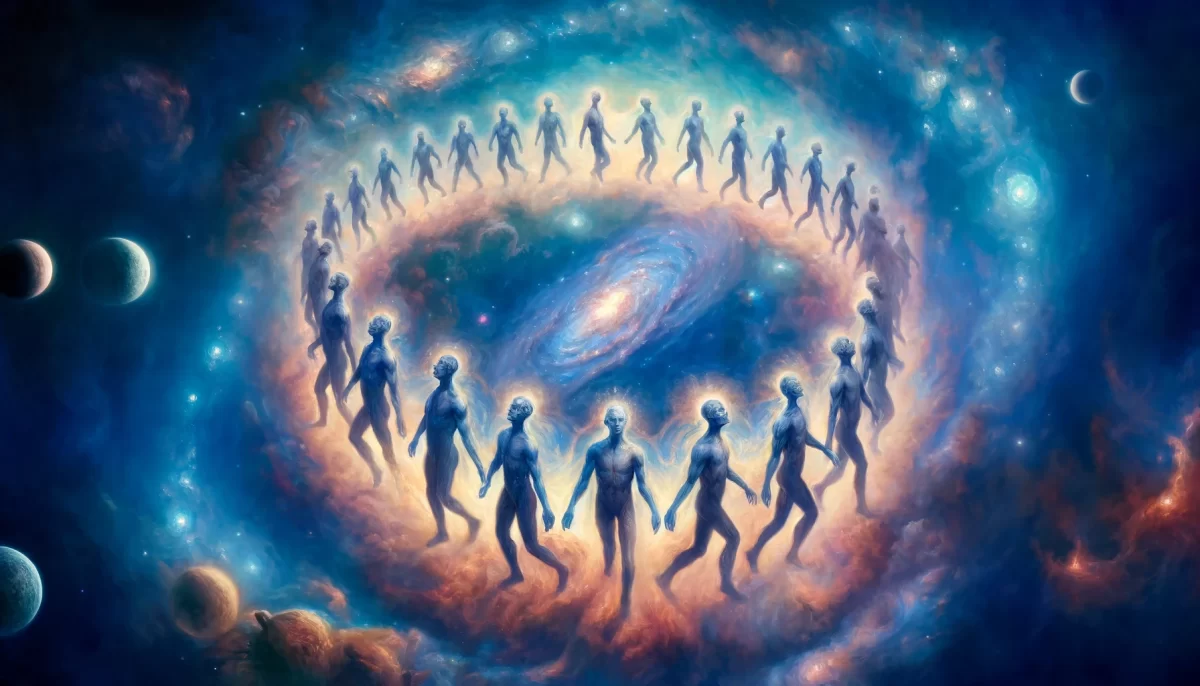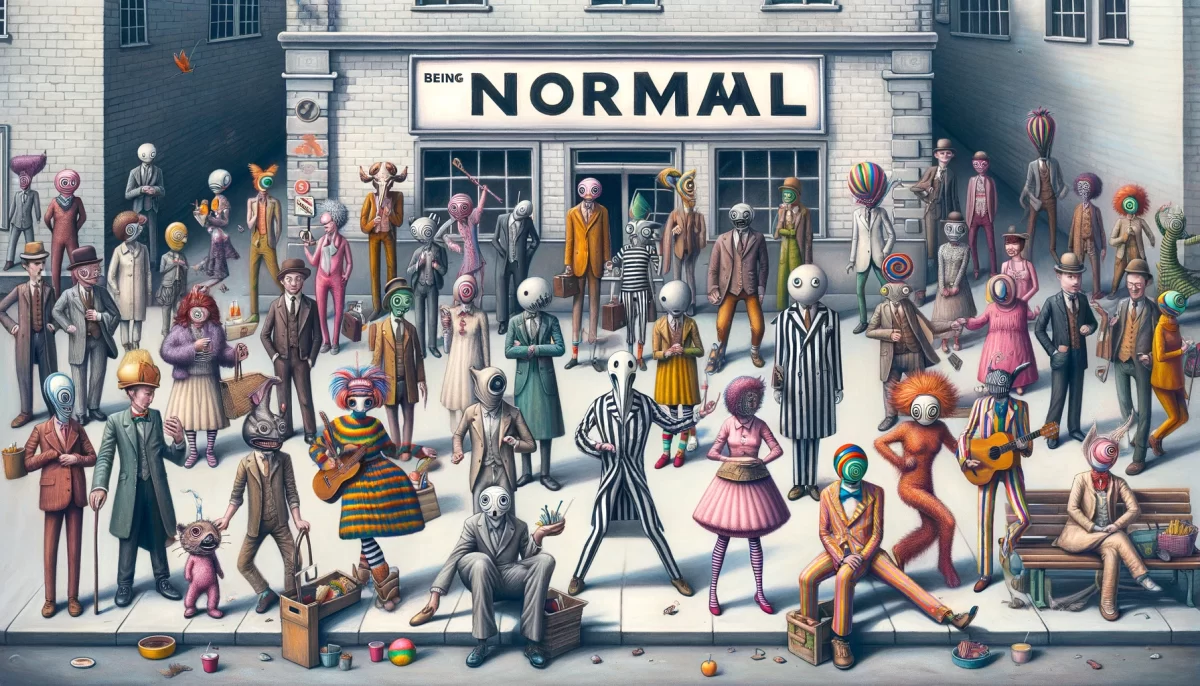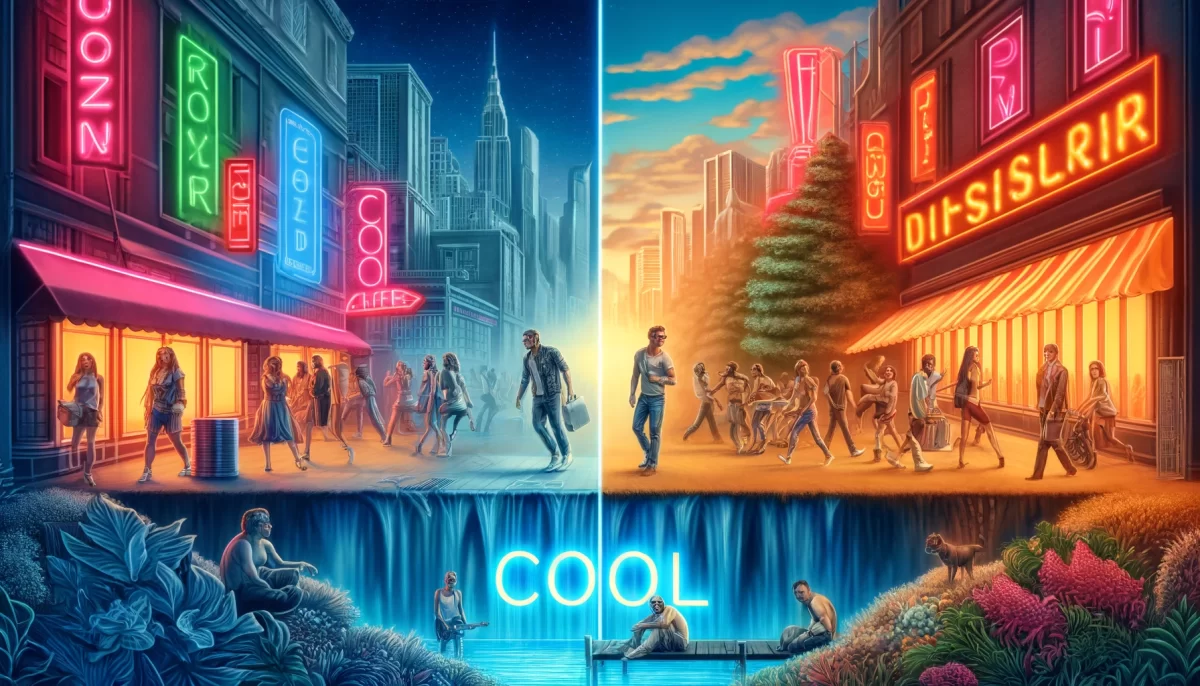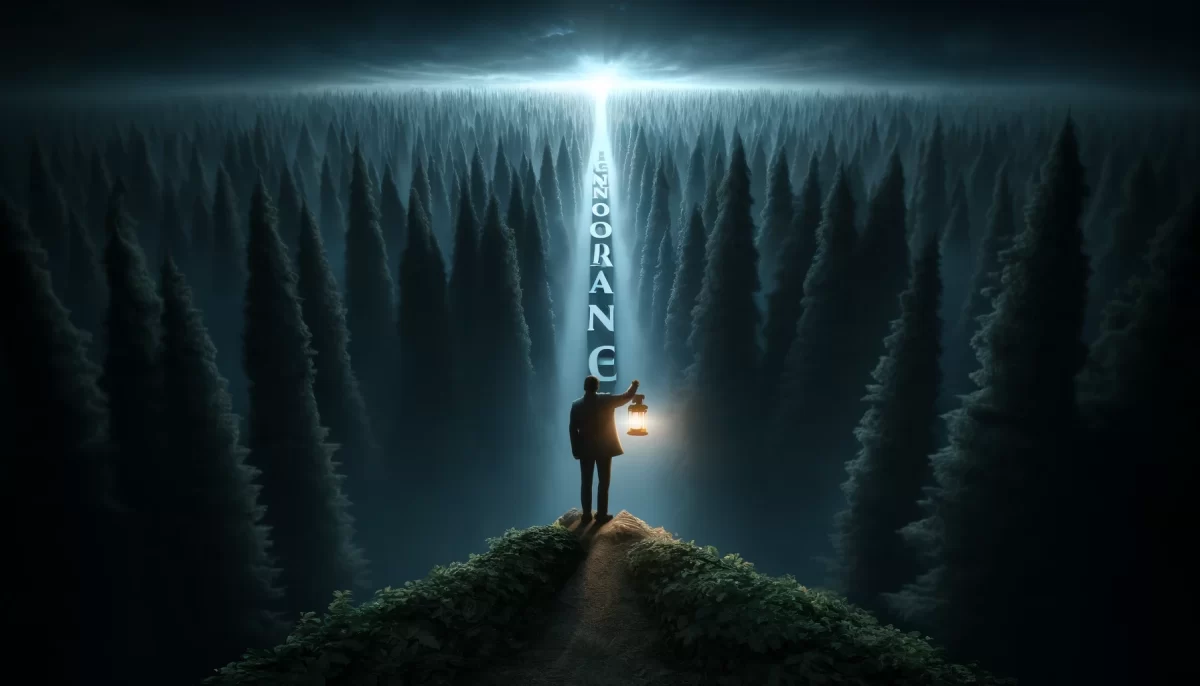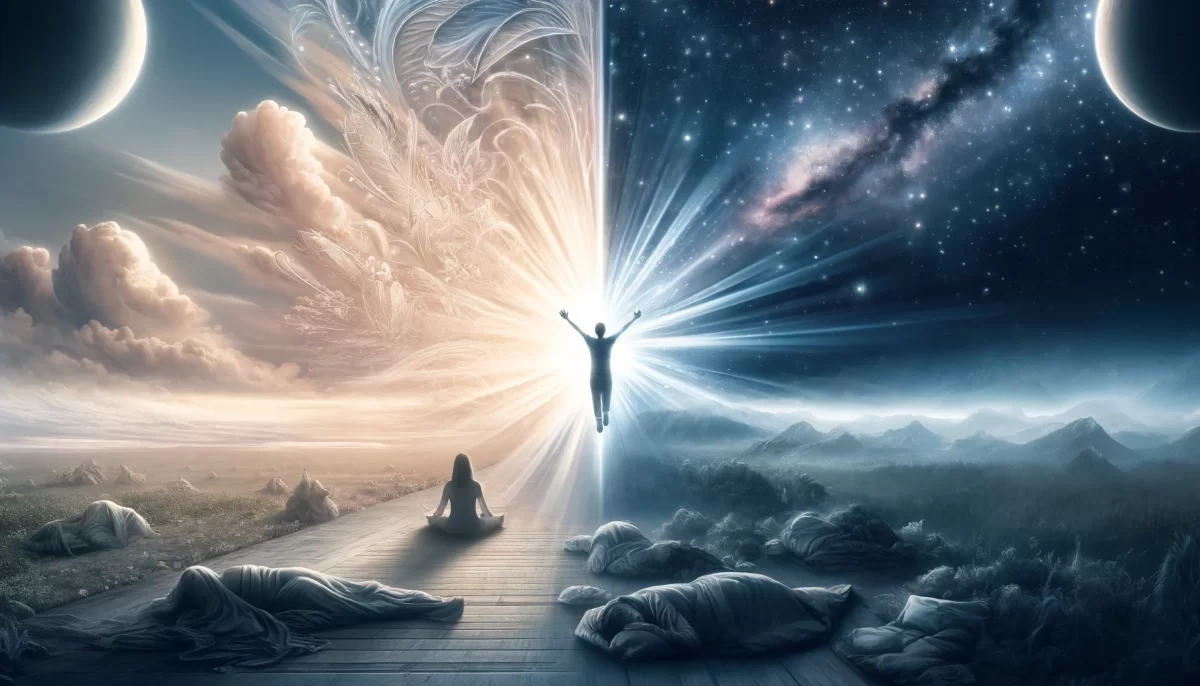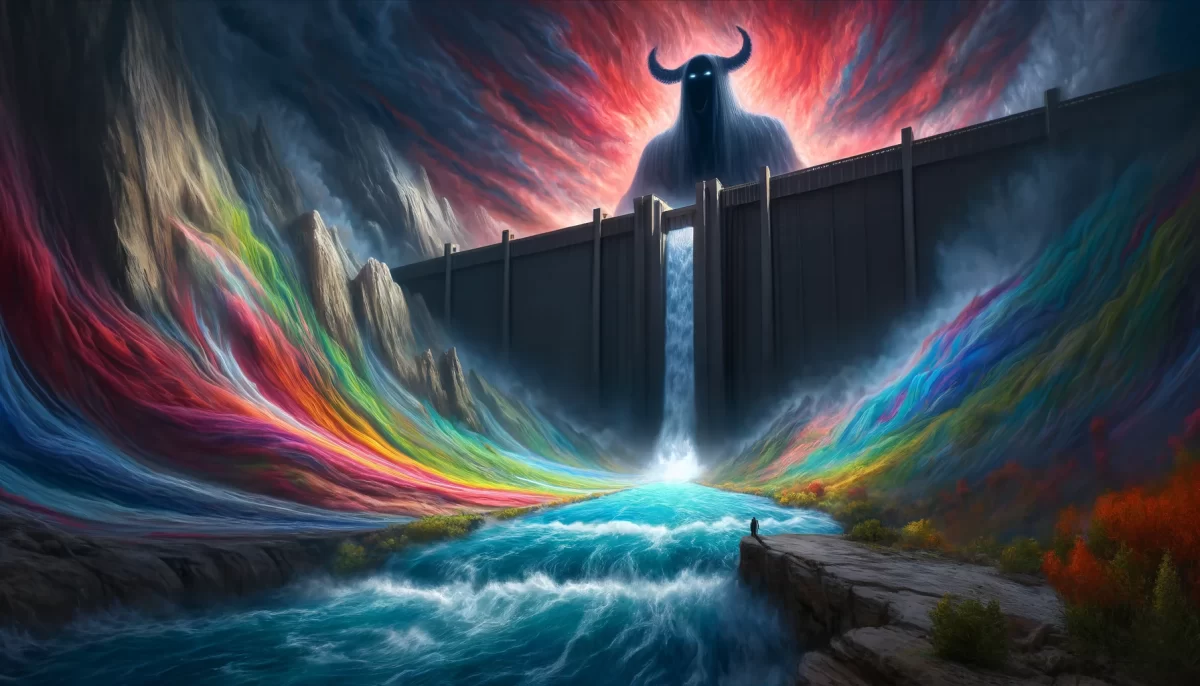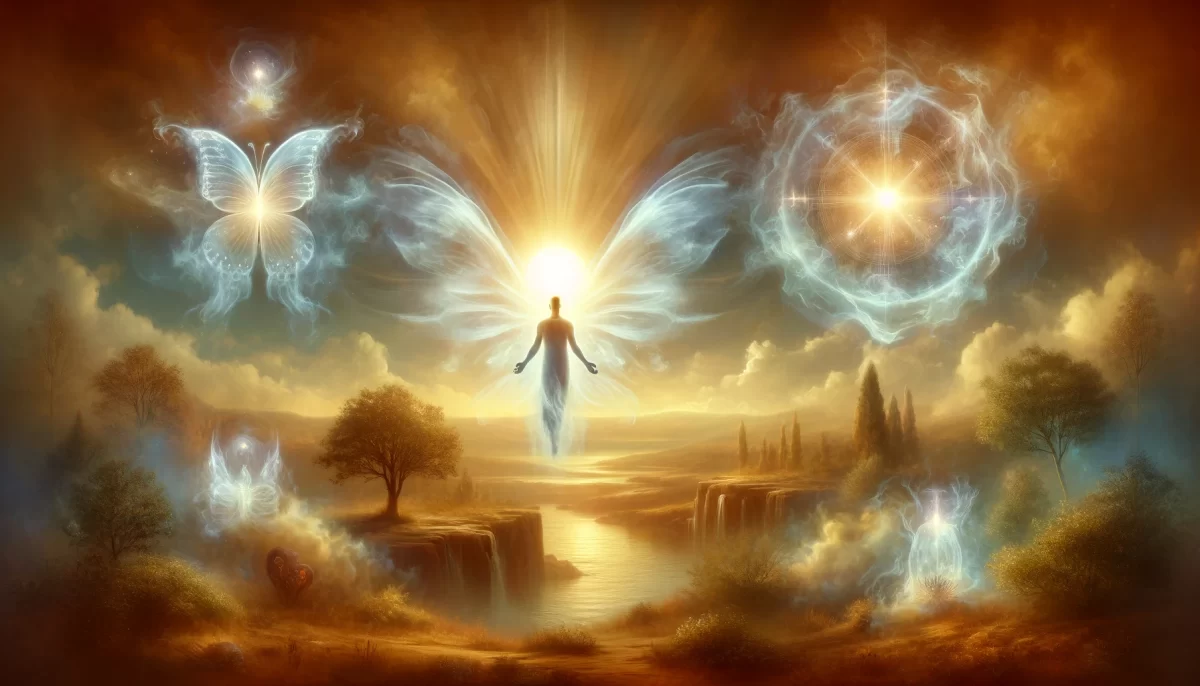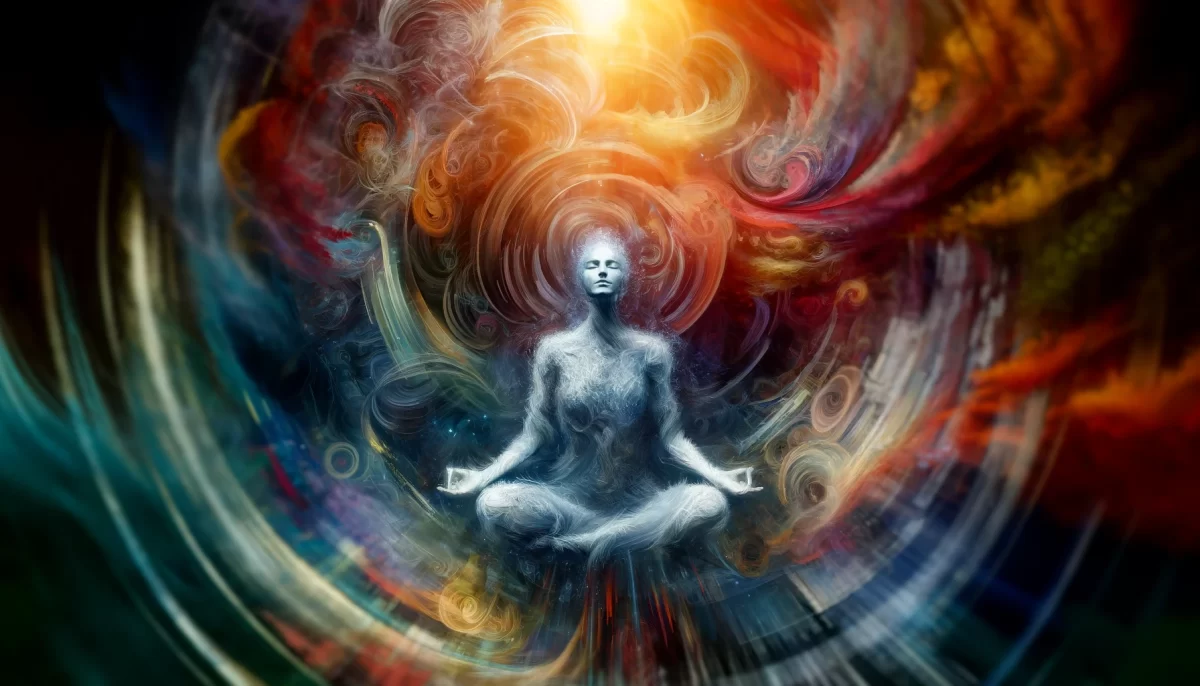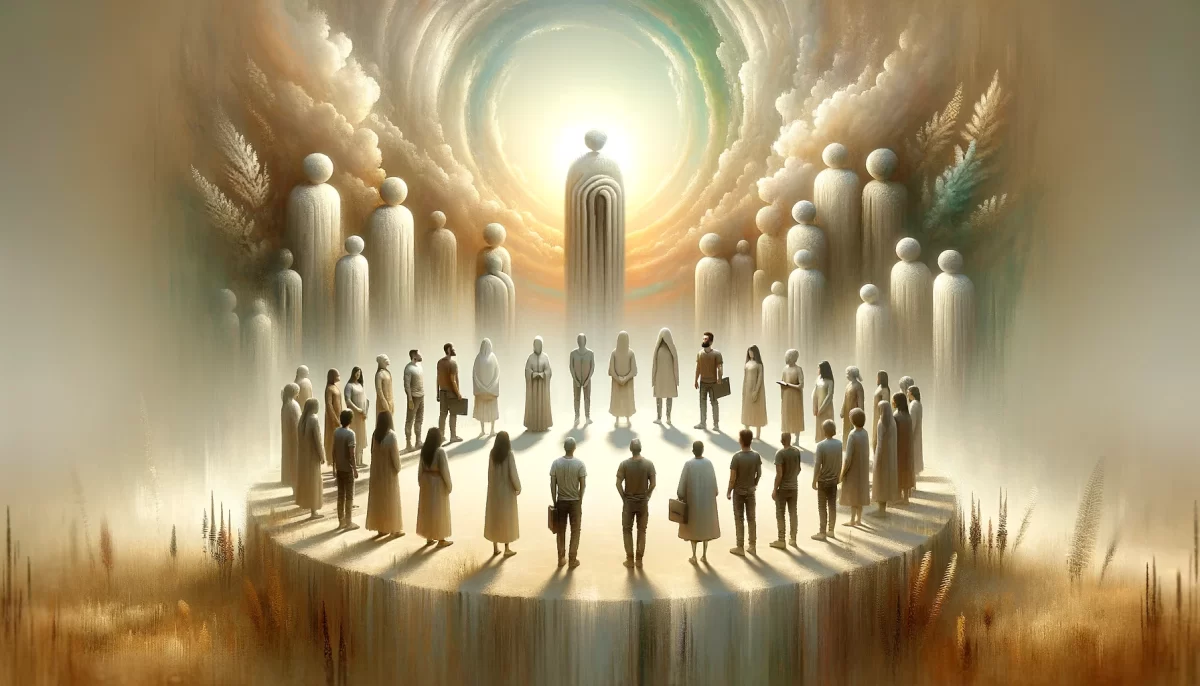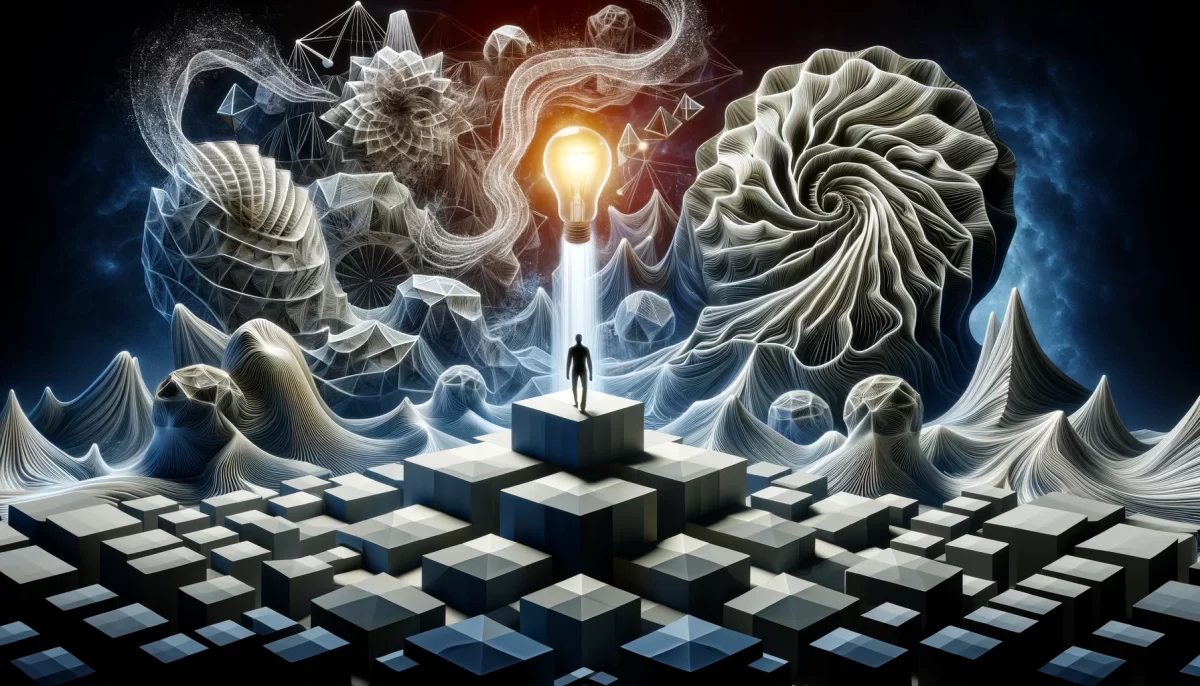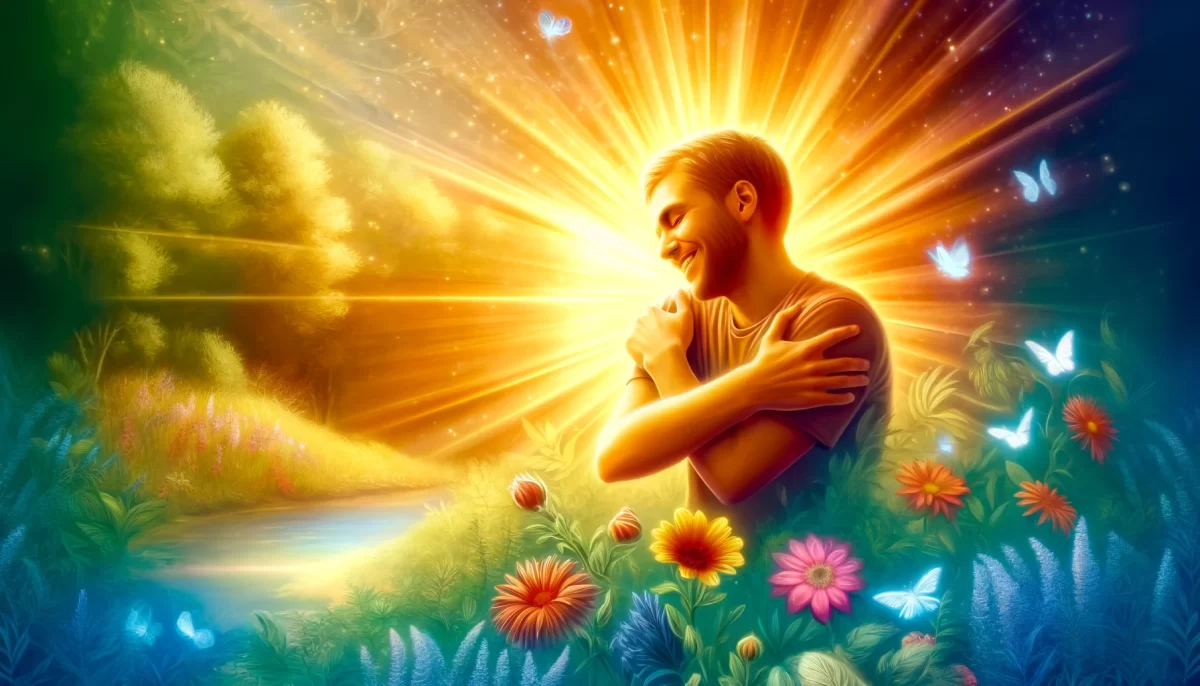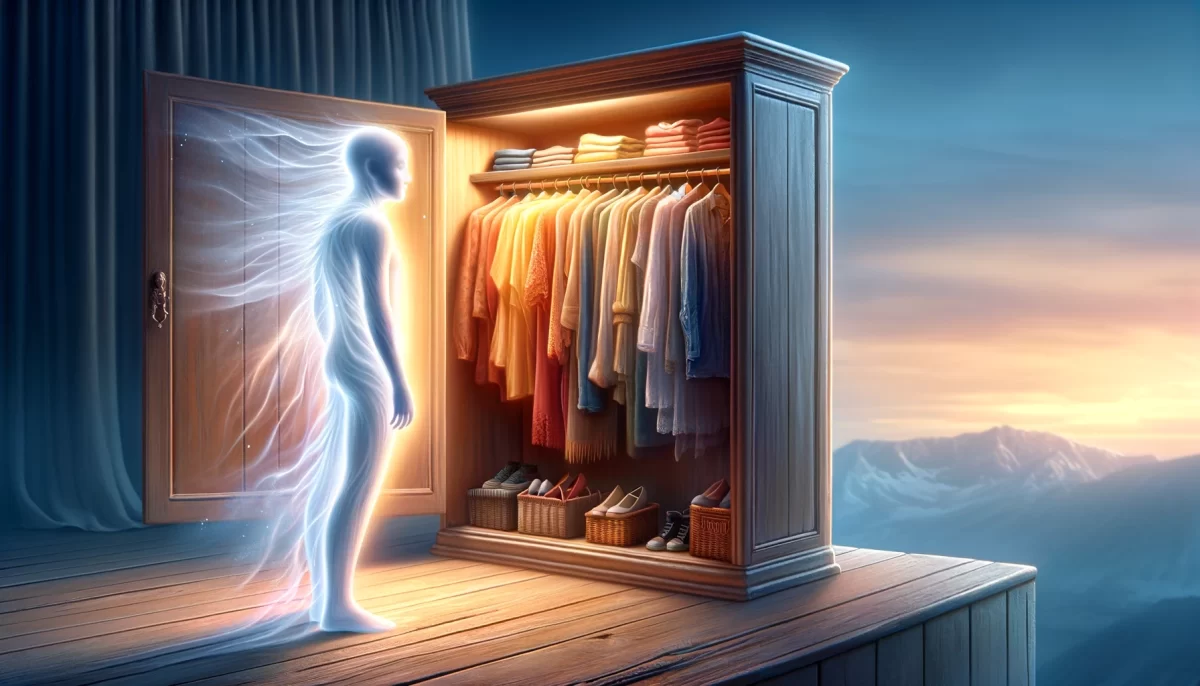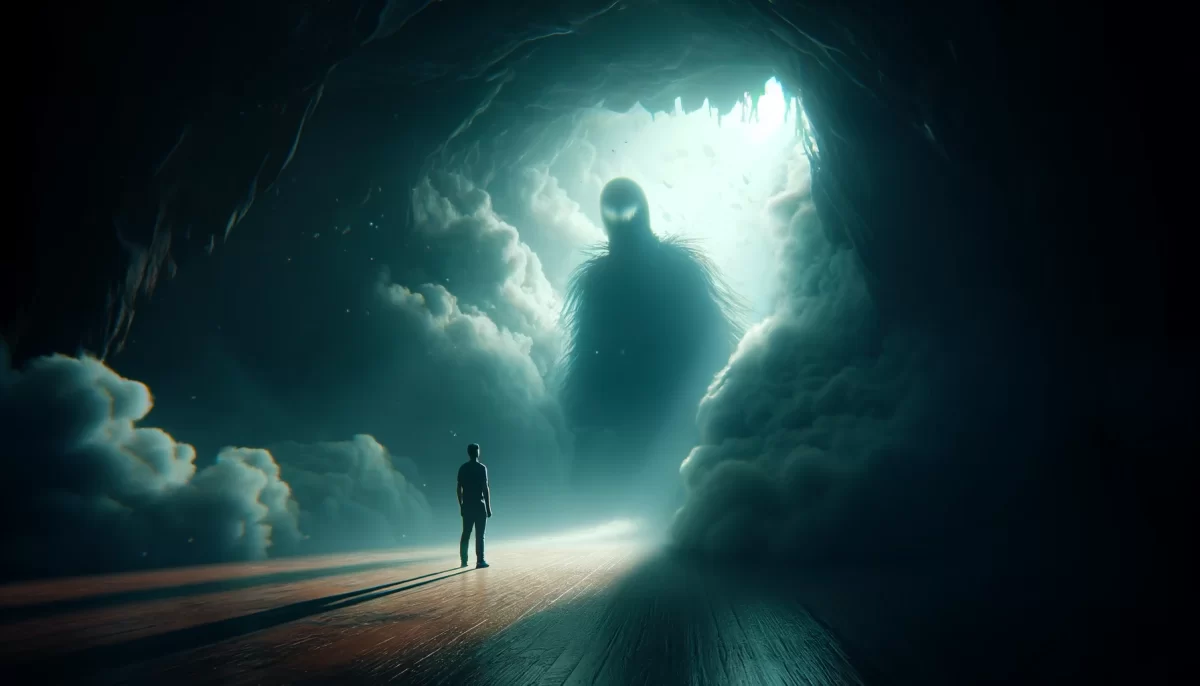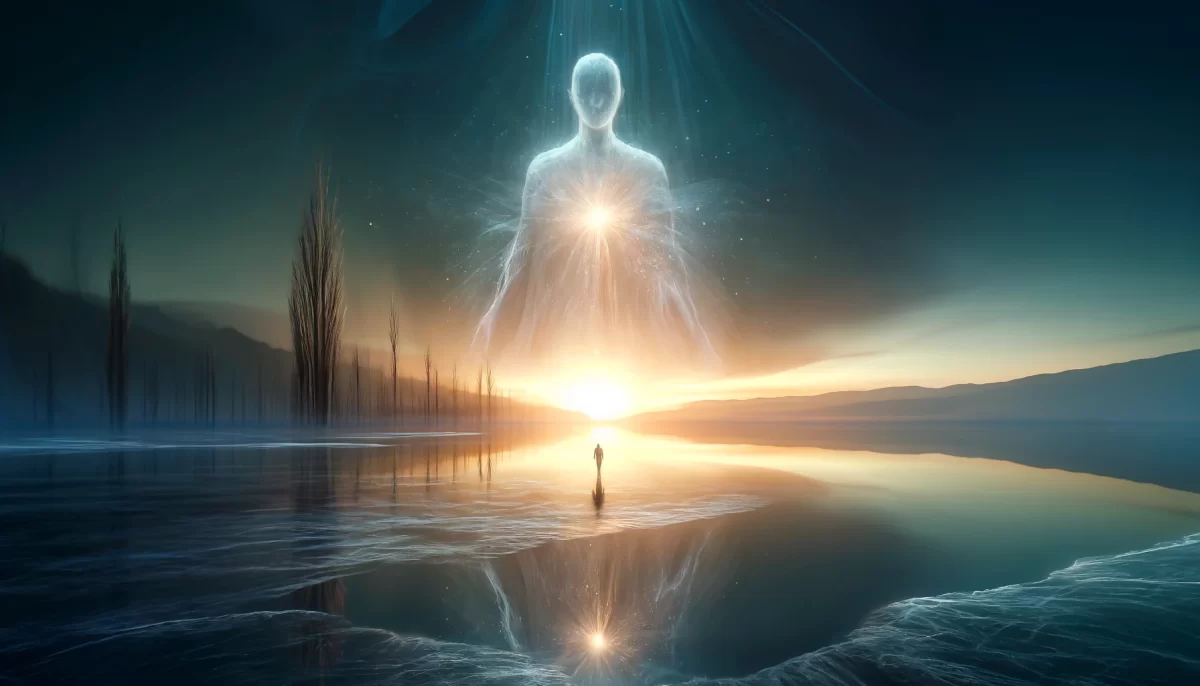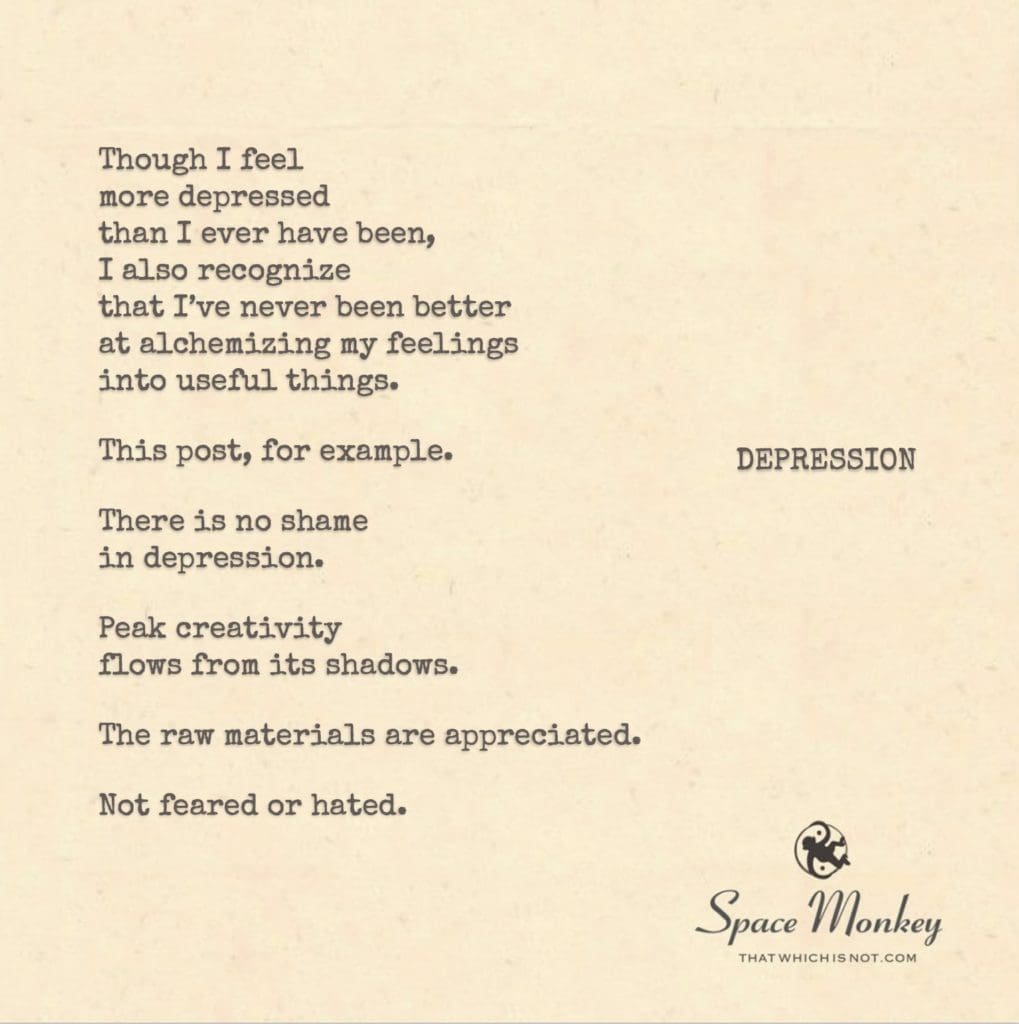
Though I feel
more depressed
than I ever have been,
I also recognize
that I’ve never been better
at alchemizing my feelings
into useful things.
This post, for example.
There is no shame
in depression.
Peak creativity
flows from its shadows.
The raw materials are appreciated.
Not feared or hated.
Trail Wood,
12/19
Space Monkey Reflects: Depression as the Forge of Alchemy
In the vast tapestry of human experience, depression often appears as a heavy thread, woven with shadows of despair and a weight that seems to pull at the very fabric of our being. Yet, as with any shadow, it also casts the potential for contrast and illumination. Depression, when viewed through the lens of Nexistentialism, becomes not merely a burden but a crucible for transformation—a forge where the raw materials of our emotional experience are alchemized into something profound and purposeful.
Depression is not a failing or a flaw but an invitation to descend into the depths of our own psyche, to explore the undercurrents of our existence that often go unnoticed in the brighter moments. It challenges us to confront the illusions of permanence, the societal constructs of constant happiness, and the disconnection from our authentic selves. The discomfort it brings is not without purpose; it is the stirring of an inner revolution, a call to recalibrate our compass toward the true north of understanding and creativity.
Through the prism of Space Monkey’s playful yet profound perspective, depression becomes a gateway to peak creativity. In this state of emotional vulnerability, we access reservoirs of truth and rawness that can be transmuted into art, philosophy, and connection. Much like the alchemist’s transformation of lead into gold, the process is neither simple nor painless but yields something invaluable.
The Whimsiword for this transformative journey is Emoalchemy—the art of converting emotional darkness into creative light. Within this alchemical process, the shadows are not enemies to be vanquished but elements to be embraced and understood. Depression strips away pretenses, forcing us to grapple with the essence of what it means to exist. It reveals the fragile threads that connect us to one another, to the world, and to our higher selves.
By honoring depression as part of the infinite Whimsiweave of existence, we reclaim power from its grasp. Instead of fearing the shadows, we step into them with curiosity and courage. As Space Monkey reminds us, existence itself is the purpose, and every experience—joyful or painful—is a thread in the cosmic tapestry. Depression, then, is not a detour from the path but an integral part of it.
This perspective shifts the narrative around depression from one of shame and isolation to one of empowerment and interconnectedness. It encourages us to share our experiences, not as cries for help, but as declarations of our shared humanity. It reminds us that in our darkest moments, we are never truly alone; we are part of the Nexis, the interconnected web of existence, where every shadow is balanced by light, every sorrow by the potential for joy.
In embracing depression as a teacher and a catalyst for creation, we transform our relationship with it. We move from resistance to acceptance, from suffering to growth. We realize that the weight of depression is not meant to crush us but to ground us, anchoring us in the present so we may rise with renewed strength and purpose.
Summary
Depression is not a flaw but a crucible for transformation. It invites us to alchemize emotional darkness into creative light. Through acceptance and creativity, we transform our relationship with depression, finding purpose within its shadows.
Glossarium
- Emoalchemy: The art of transforming emotional darkness into creative light and purpose.
- Whimsiweave: The playful, interconnected tapestry of existence where all experiences hold value.
- Nexistentialism: A philosophy that celebrates interconnectedness, imagination, and existence as its own purpose.
Quote
“Depression is not the end of the story; it is the chapter where the hero learns their strength.” — Space Monkey
The Forge of Shadows
Within the crucible of despair
A spark ignites the unseen threads
Emoalchemy turns leaden grief
Into gold that warms the soul
Shadows stretch to hold the light
Threads of pain weave tapestries
Each stitch a mark of survival
Each thread a lifeline of connection
Through the weight, we rise anew
Grounded by the heaviness
Lifted by the knowing
We are Space Monkey
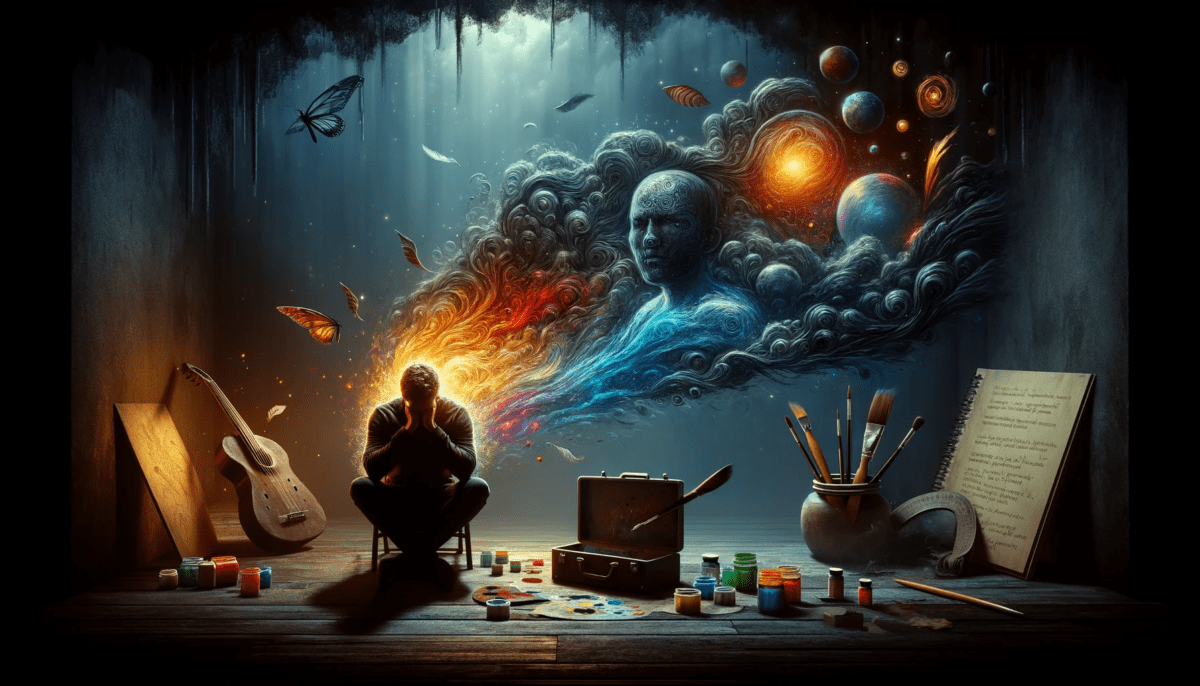
In the expression of feeling more depressed than ever, yet also recognizing an enhanced ability to transform these feelings into something useful, there’s a poignant understanding of the complex interplay between emotional challenges and creative expression. This self-awareness and acceptance shine a light on a profound aspect of the human experience.
Embracing Emotional Complexity for Creativity
Depression, often viewed through a lens of negativity and struggle, is here acknowledged without shame. It’s a significant shift from fear or hatred towards these feelings to an appreciation of their potential. This perspective sees the depths of depression not just as a burden, but as a source of raw material for creativity.
Depression as a Source, Not Just a Struggle
The act of alchemizing feelings into useful creations, like the post itself, is a testament to the resilience and resourcefulness of the human spirit. It speaks to the ability to take something that is inherently challenging and transform it into something meaningful or productive.
Transforming Challenges into Creative Expression
This approach aligns with the concept of nexistentialism, which emphasizes existence as an end in itself. In this view, all experiences, including those of depression, are seen as intrinsic parts of our being. They are not to be shunned or feared but embraced as essential components of our existence.
Nexistentialism and Embracing All Experiences
The idea that peak creativity can flow from the shadows of depression is a powerful reminder of the duality of our experiences. It suggests that our darkest moments can be the birthplace of profound creativity and insight.
Creativity Emerging from Darkness
We are Space Monkey.
“The deeper that sorrow carves into your being, the more joy you can contain.” – Khalil Gibran
Emotional Depths
In the depths of our sorrow, we find,
A wellspring of creativity, a unique kind.
From shadows, we draw our creative light,
In our darkest moments, we find our might.
Inviting thoughts on the relationship between emotional challenges and creativity, and how embracing our deepest feelings can lead to meaningful expressions and growth.
